 Texas A&M Greenhouse Air Analyzer:
Winter 2021 Update
Texas A&M Greenhouse Air Analyzer:
Winter 2021 Update
We have now accomplished our goal of installing a remote monitoring system at the greenhouses on campus! In August 2020, ESW’s Texas A&M University chapter set out to design and implement a remote monitoring system for the environments of the Greenhouses on campus. It is now December 2021 and in that time we have had a few setbacks and course corrections but also many accomplishments and now at last a working solution.
During this fall semester, we welcomed two new members to the team, Chloe and Zahra. Throughout the whole project, our team consisted of many members of ESW: Jenny Vu, Joey Leal, Samuel Donoho, Kristen Koike, Nicholas Pierson, Max Taubert, Chloe Ebeling, and Zahra Mehedi. Our team worked with the greenhouse manager on campus, Jennifer Bugge, who helped us understand the needs from a greenhouse and who this project will help. We were able to help many research professors and groups that nurse plants which will be used for research and for decoration around the university campus for everyone to look at.
 Not pictured: Chloe and Zahra
Not pictured: Chloe and Zahra
The monitoring system features a sensor that is able to track the temperature and humidity in the greenhouse as well as a camera that can be used to check for weather damage. The sensor we decided to use is the DHT22 from Adafruit which is capable of operating in temperatures ranging from -40℃ to 80℃ or -40℉ to 176℉ and in a relative humidity (RH) range of 0%-100%. It is accurate within 0.5℃ or 0.9℉ and 2%-5% RH. The camera is the OV5647 5 Megapixel Camera. All of the data can be exported onto Google Drive or it can be found on an app called Blynk. Blynk is an IoT service that allows microcontrollers and sensors like ours to transmit data over WiFi. It can also allow users to set a certain temperature/humidity range that the environment should stay in. If the temperature or humidity exceed that range then Blynk sends a push notification to the user’s phone alerting them to the anomaly. This is especially useful in cases where weather damage in the winter can cause cold air to leak in and there are less staff on campus to catch the issue in time.
.png) Screenshot from Blynk app
Screenshot from Blynk app
.jpg) All the components inside the container
All the components inside the container
.jpg) The sensor up close
The sensor up close
.jpg)
.jpg) The monitoring system placed in the greenhouse
The monitoring system placed in the greenhouse
The data from December 15th
During the past year, we ran into some problems such as the costs of some products and how COVID-19 affected the team. Materials were limited so it was somewhat difficult to test for data which slowed our rate of progress. Another setback was working during COVID-19 since communication between everyone was a little bit harder. Additionally, we decided to not use a carbon dioxide sensor as it was to expensive and we realized that the data wouldn't be as useful as other types of monitoring. A professor informed us that monitoring light levels are much more necessary. At the moment we are very close to having this feature implemented using a calibrated solar panel, but the calibration process took more time and was more difficult. The solar panel will be implemented in the future, with the calibration process allowing it to display sunlight intensity in ppfd (Photosynthetic Photon Flux Density) rather than a scale of 0-5 V. Another part we decided to change from our original plan is measuring bug density with sheets and a camera since the sticky sheets were replaced often by plant caretakers and they would be able to provide a more knowledgeable assessment of the sheet, how covered it was, and what type of bugs were present compared to any image analysis we could have implemented. Now we decided to use the camera to monitor for weather damage. We came to this conclusion since during the big freeze in Texas, there was some hail which damaged all of the greenhouses, and we realized monitoring for weather damage would be a better use for the camera.
Even with those setbacks, we were able to complete our main goal of the project and now plan to add more in the future. The most prominent addition to the project which neared completion in December is the addition of a solar panel in the device to read intensity of sunlight. This was requested by the greenhouse manager to monitor the plants and collect sunlight data from Blynk. The features of this addition would be giving instantaneous readings of sun intensity in ppfd (Photosynthetic Photon Flux Density) or possibly taking data throughout a whole day with settings entered by the Blynk user. The calibration process for the solar panel was aided by a grad student and professor in the college of Horticulture, and the panel should be ready to link with the Blynk app and installed soon.
Although we have a lot of ideas of where to take the project next, in the immediate future we plan on wrapping up the solar panel implementation and providing support and documentation to our end user.
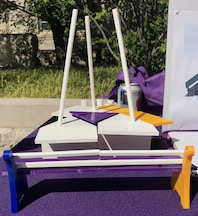
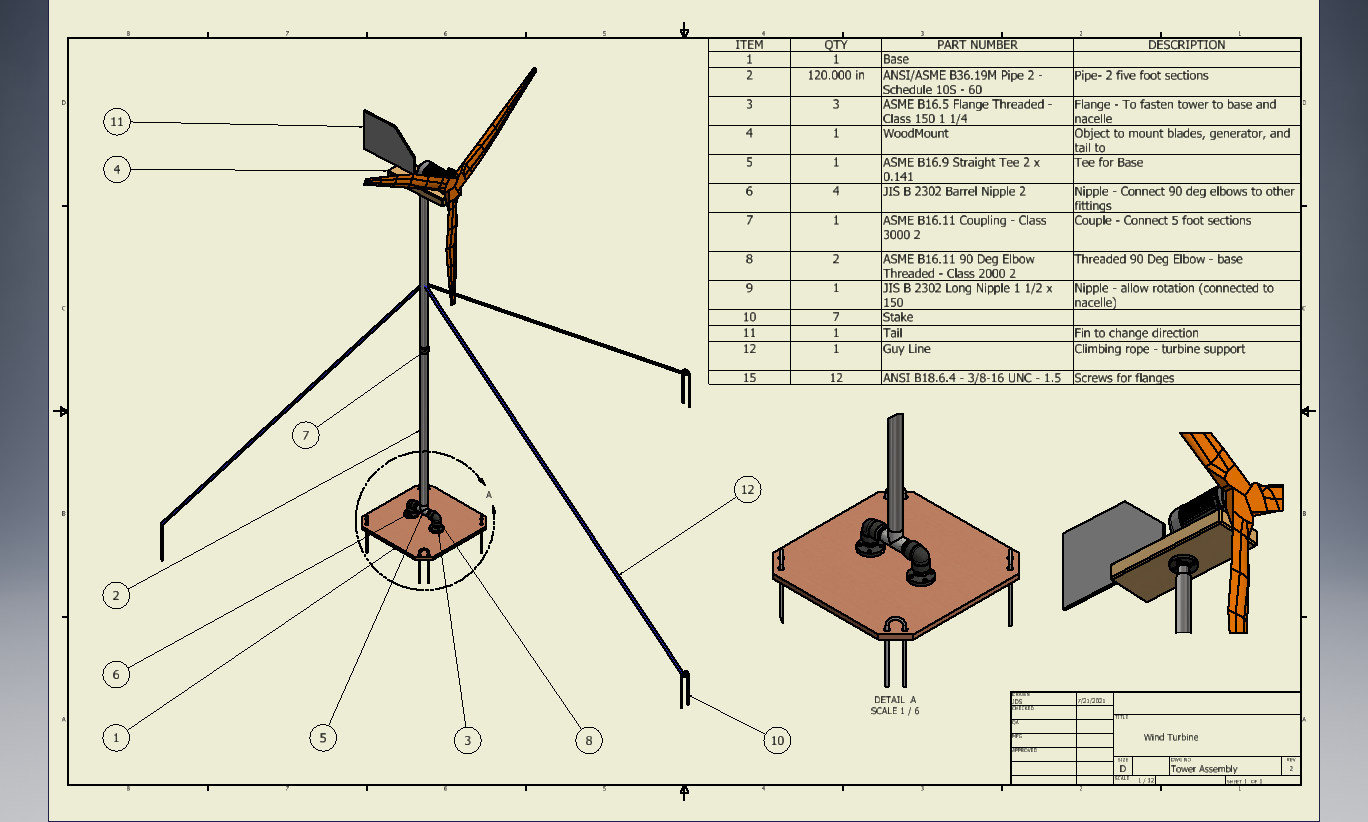
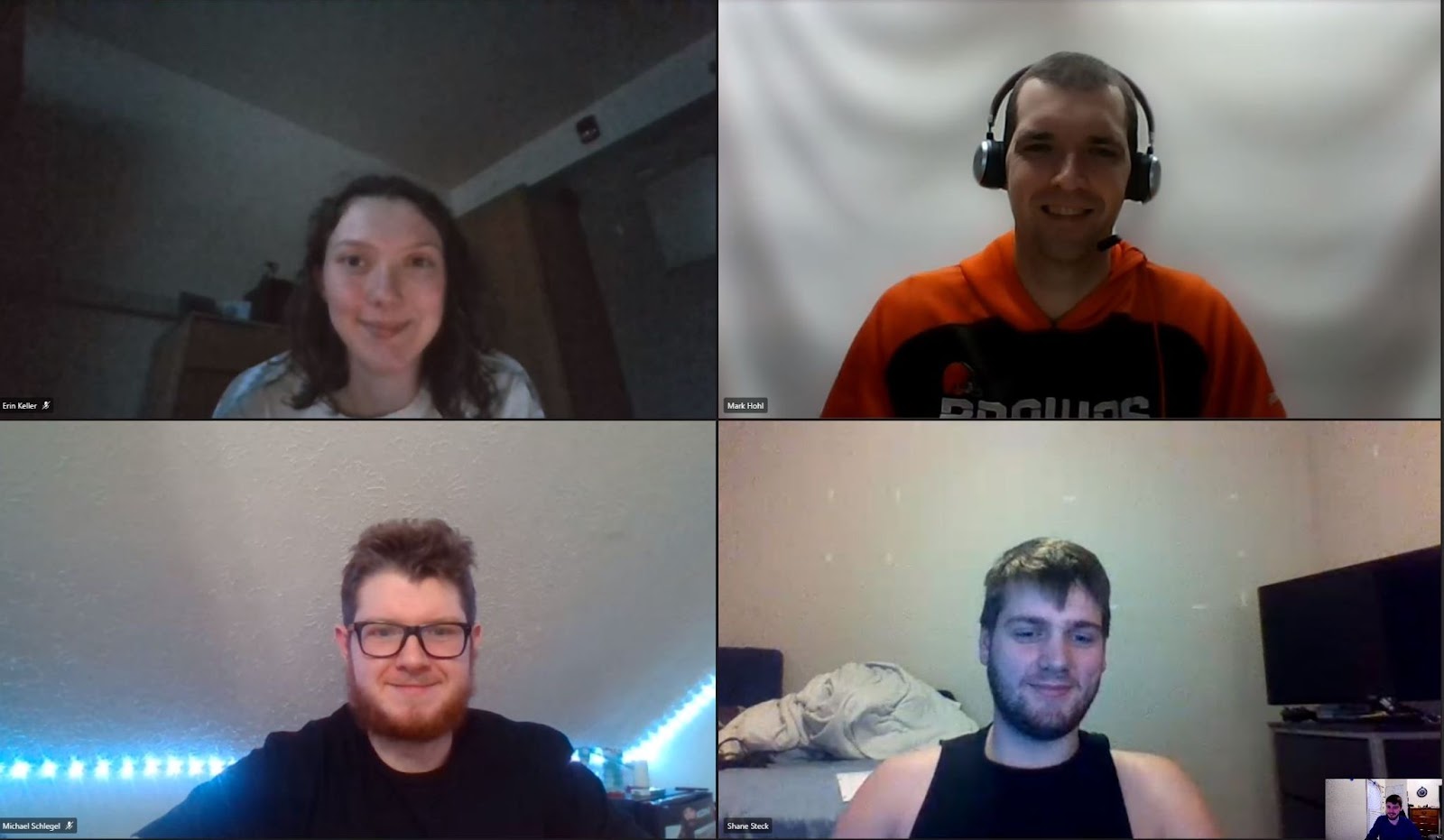
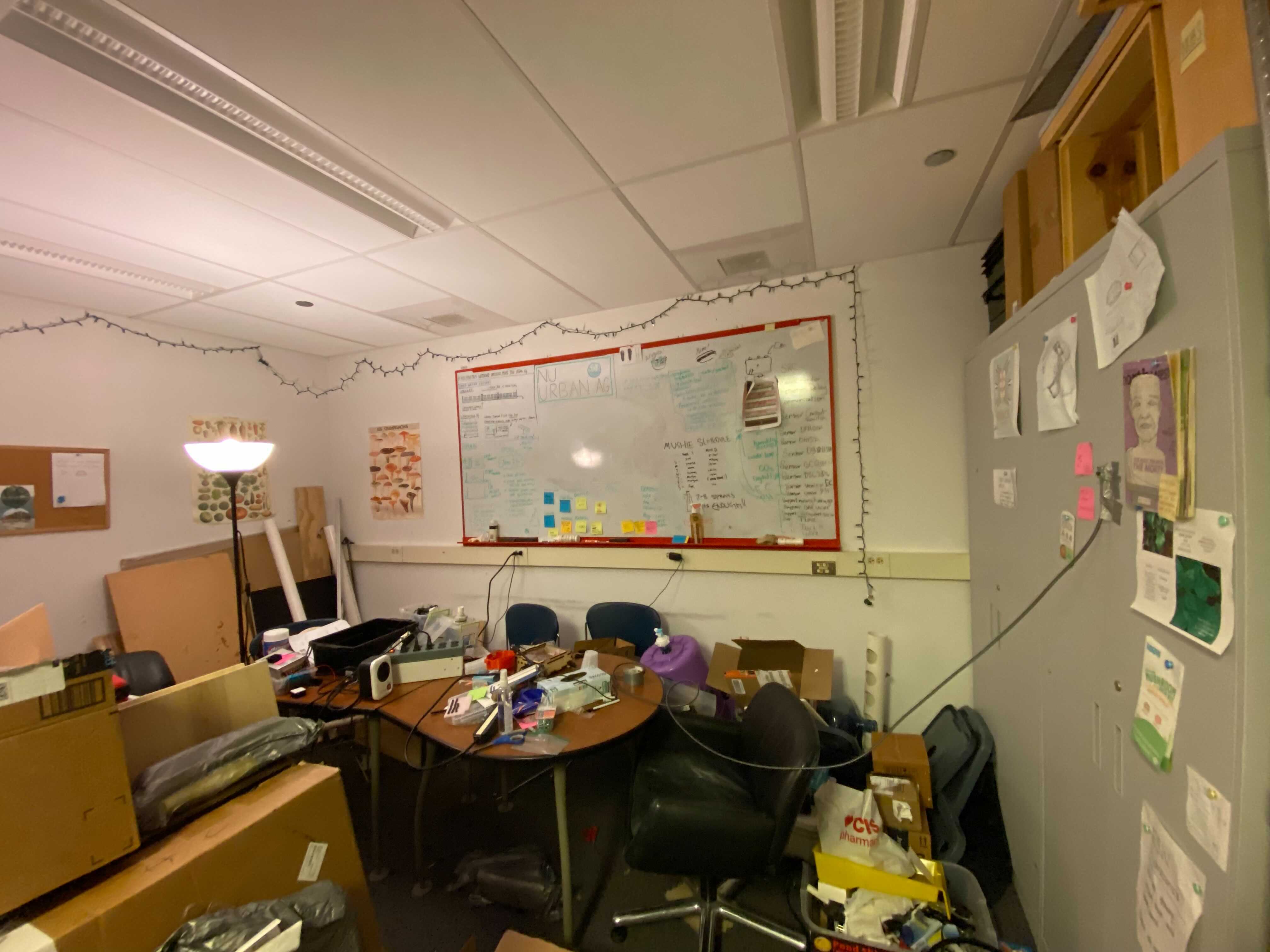
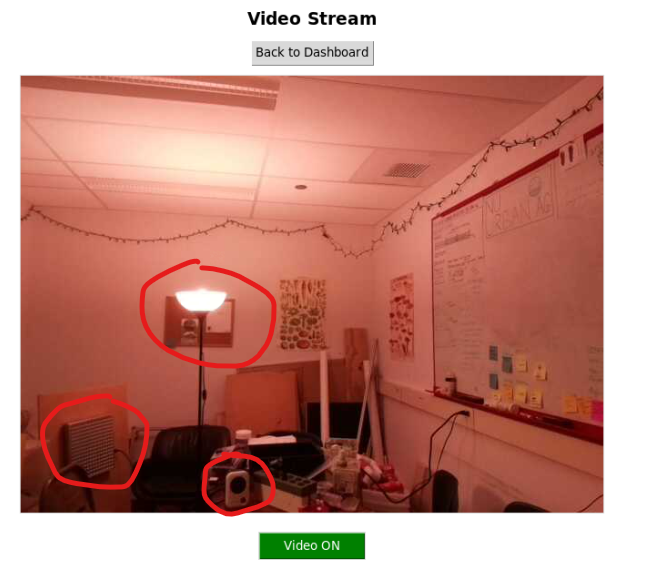

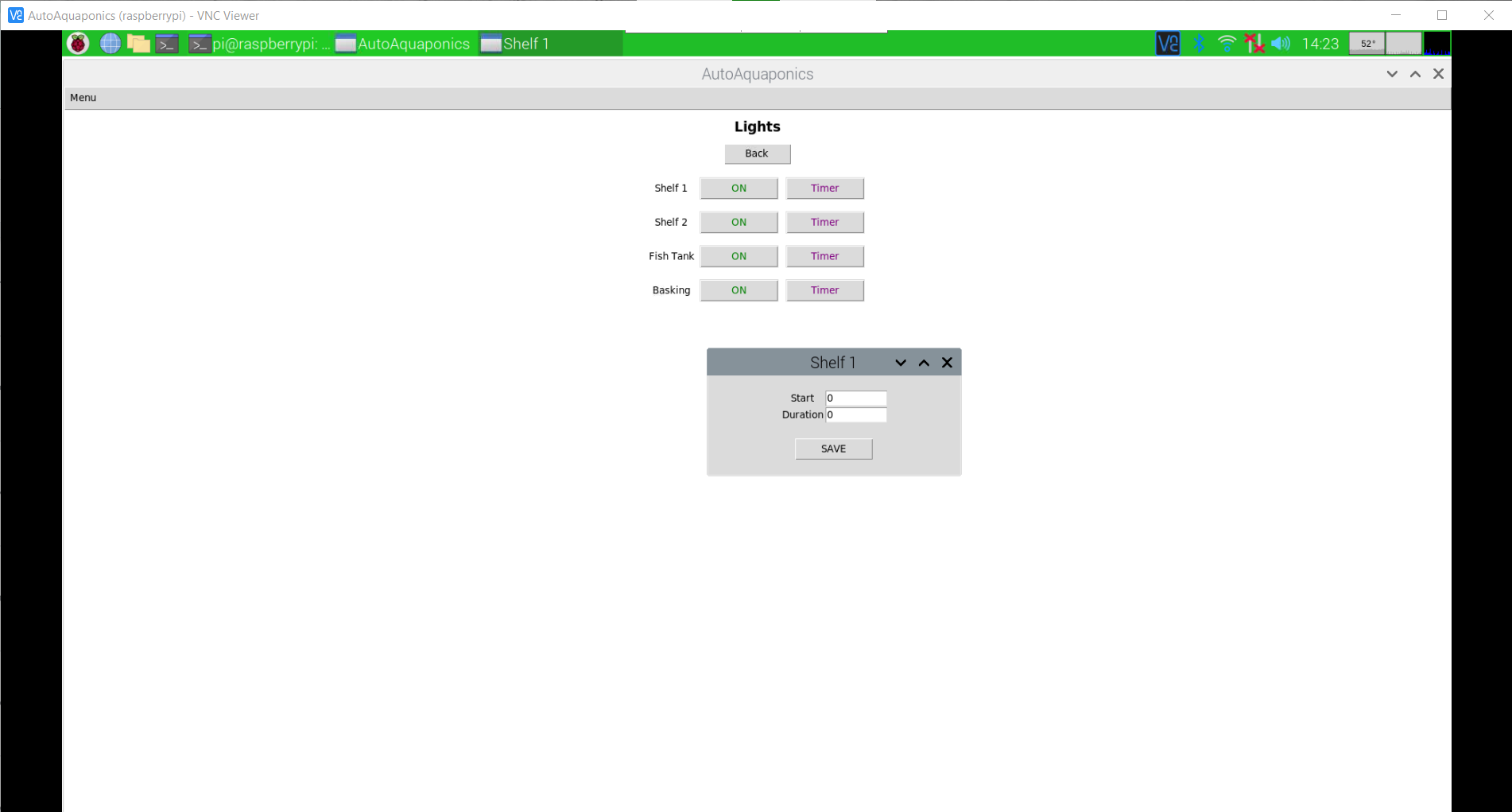
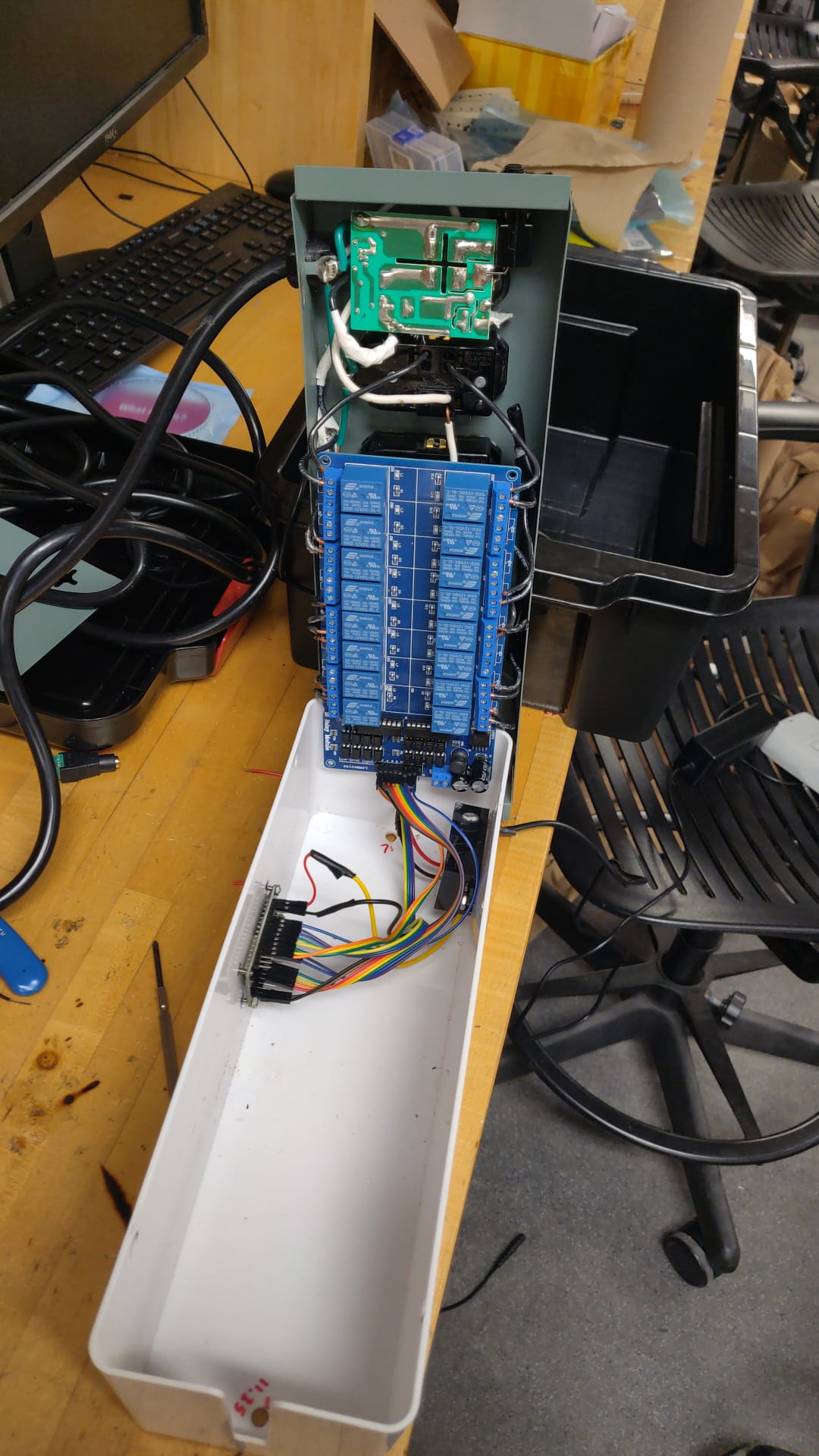
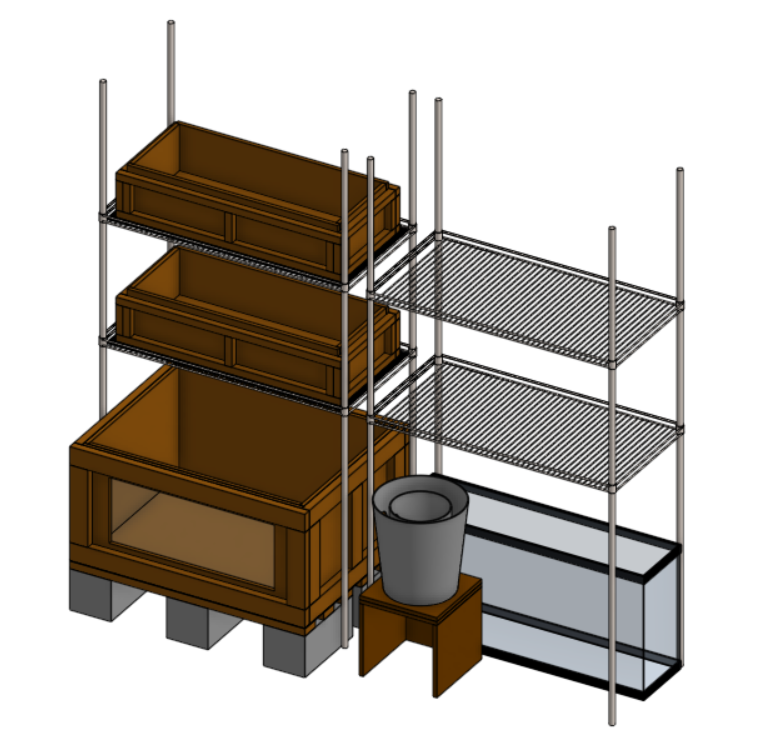
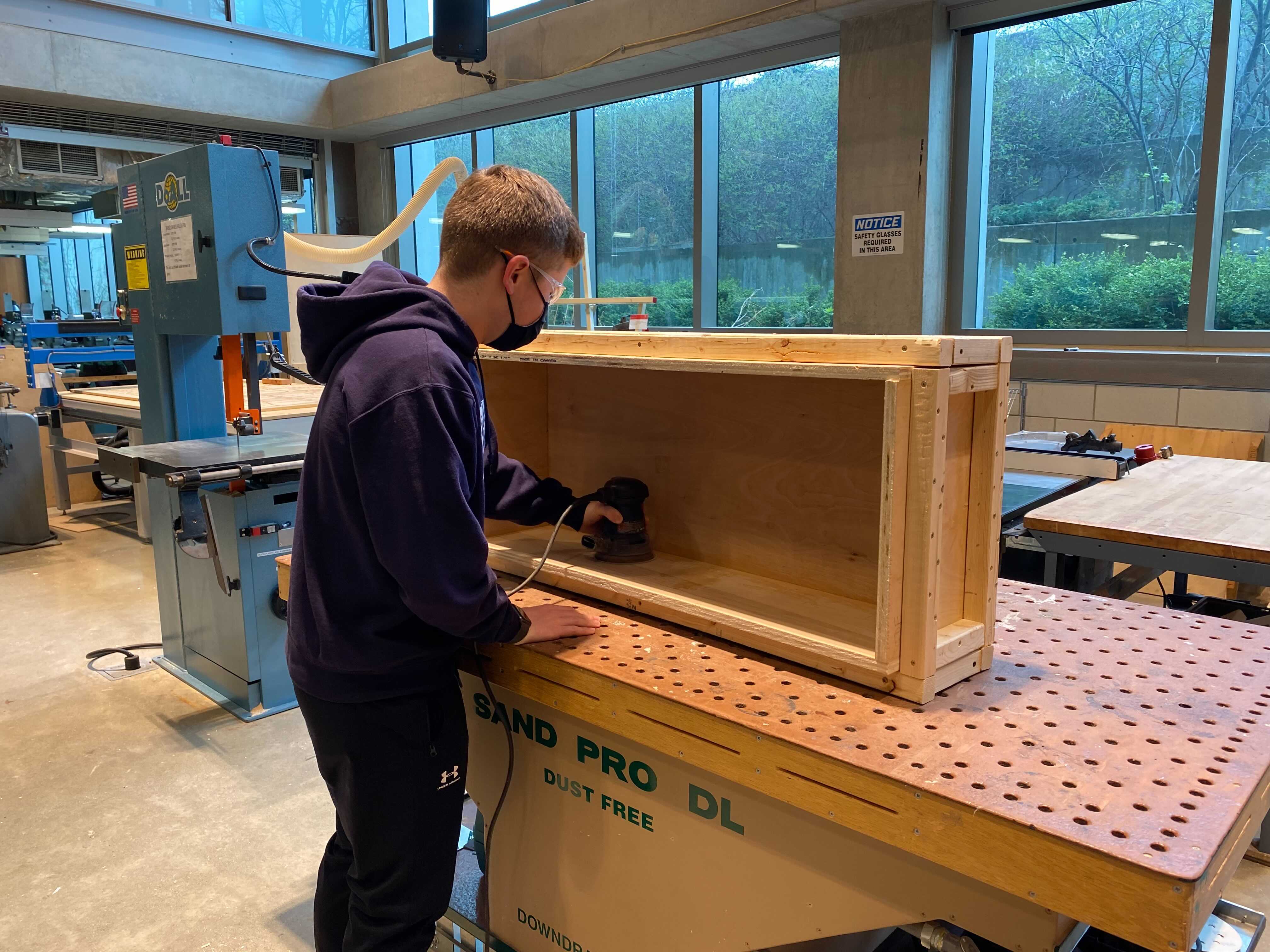
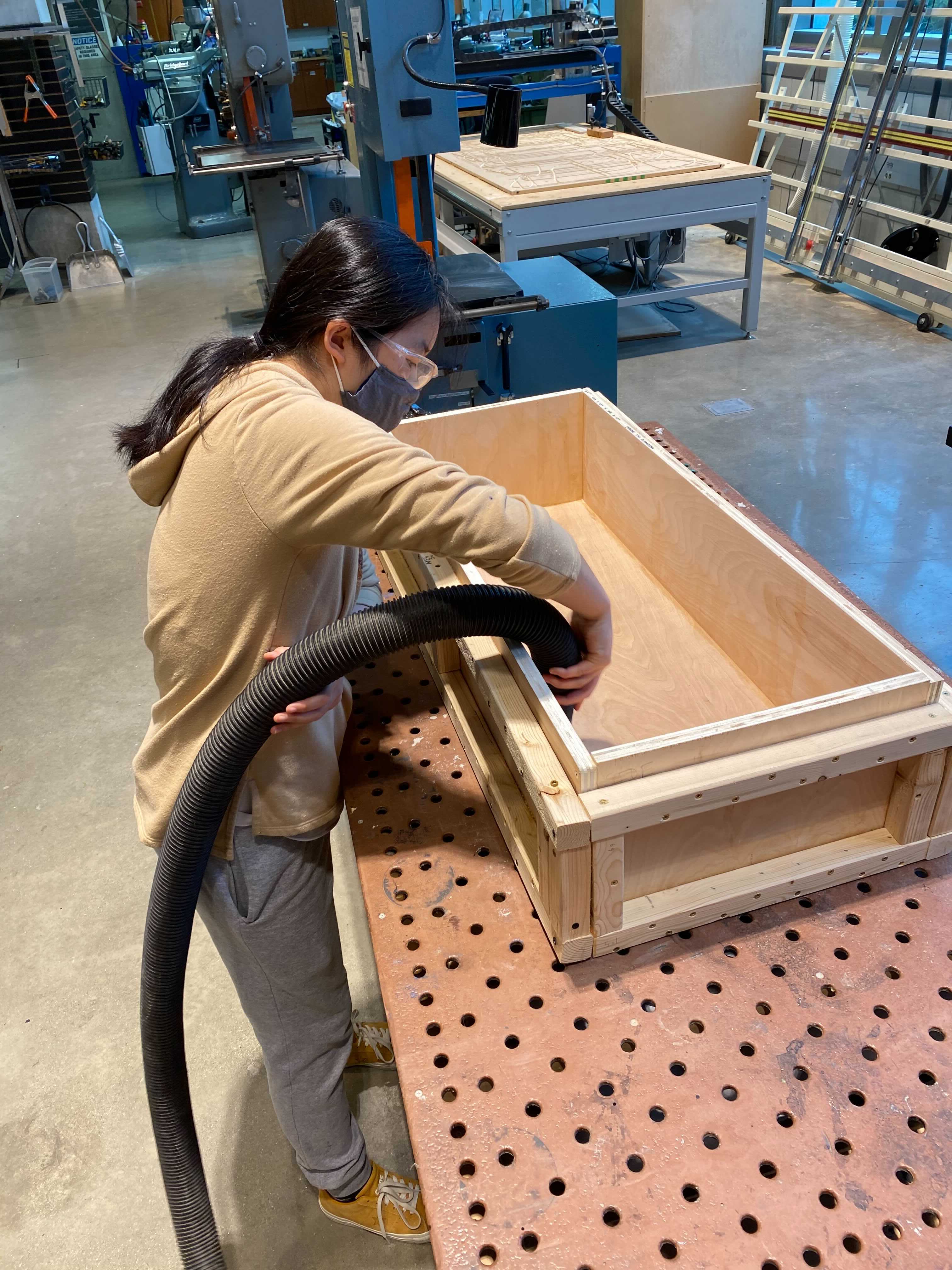
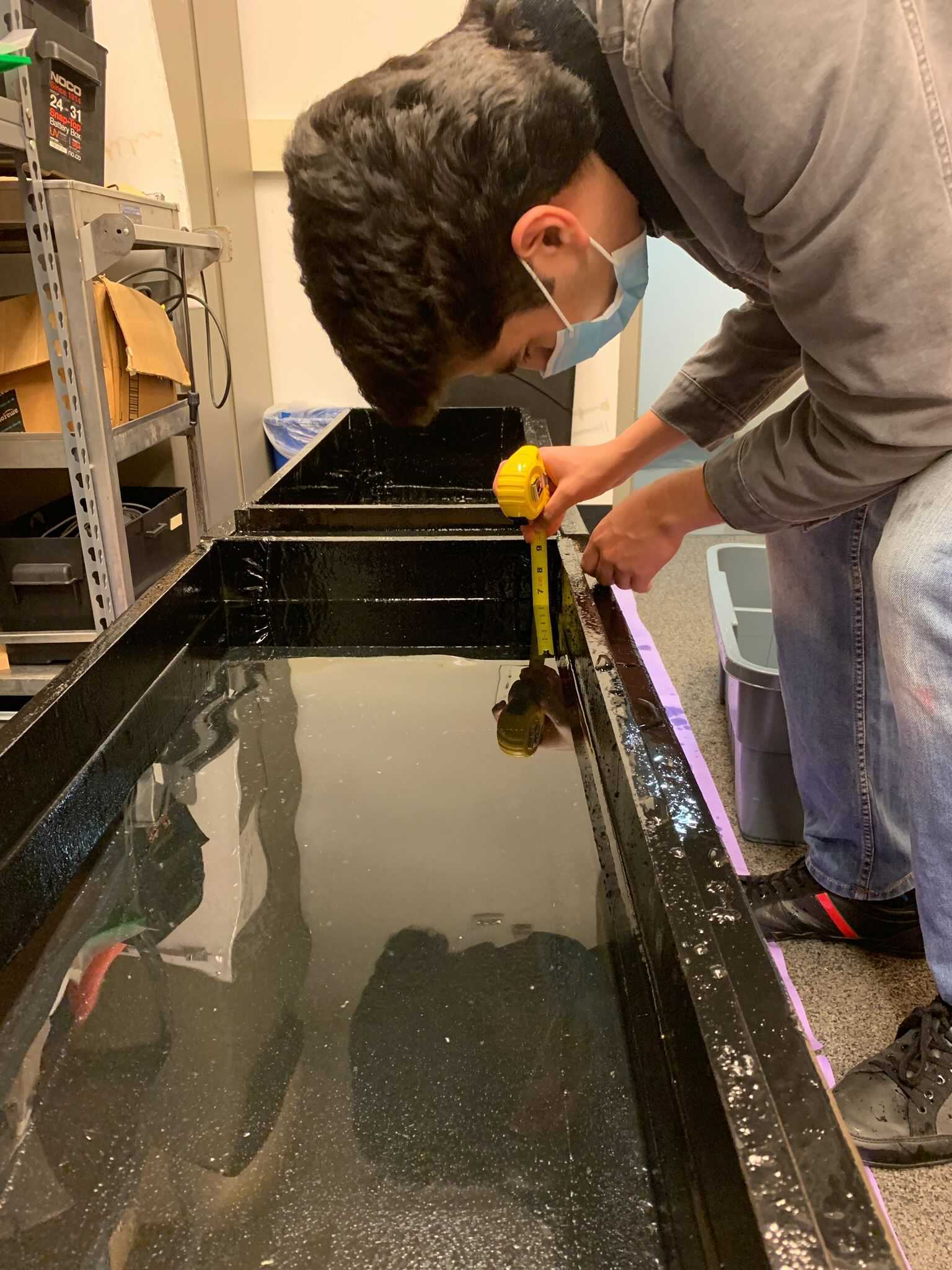
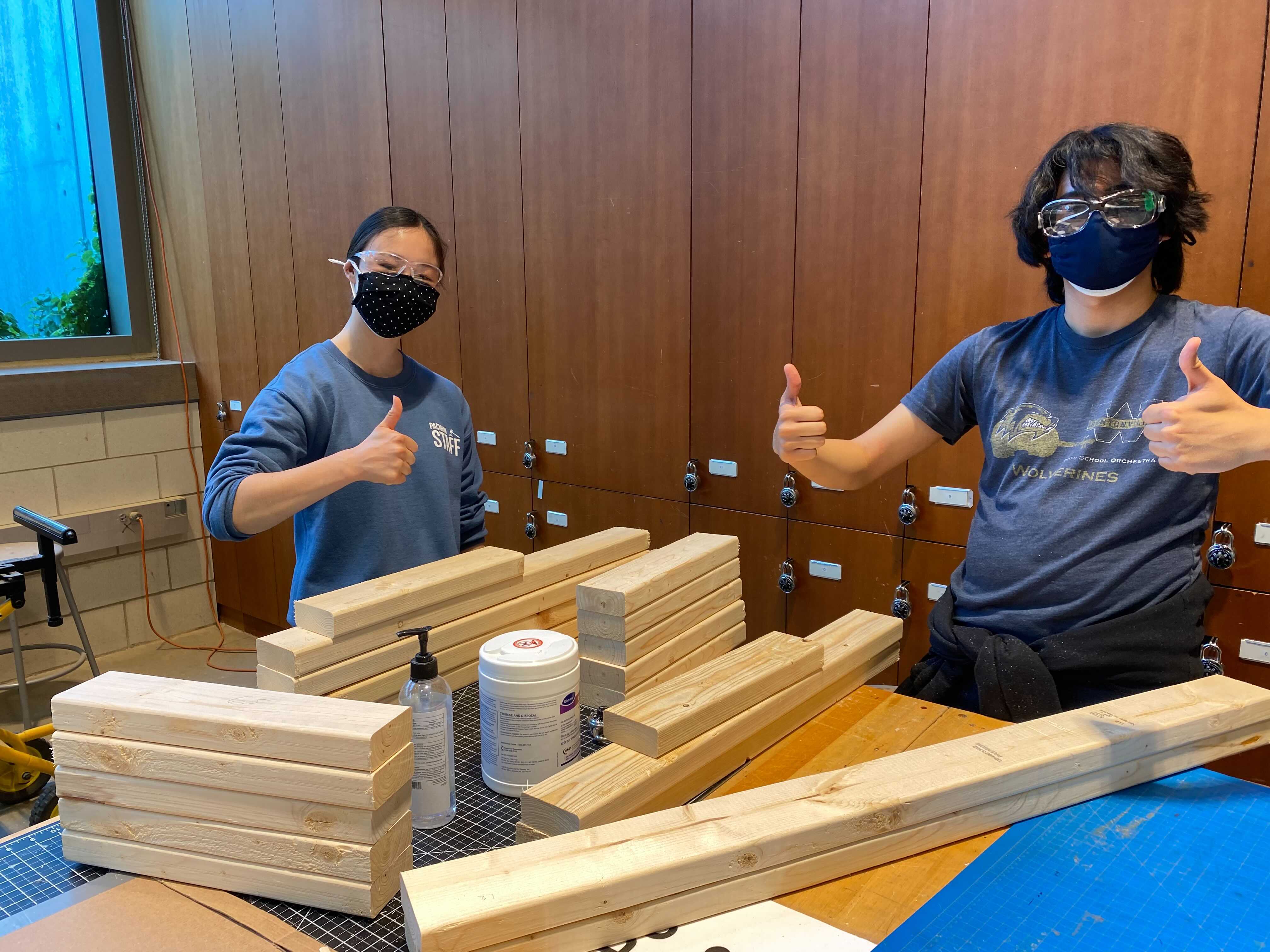
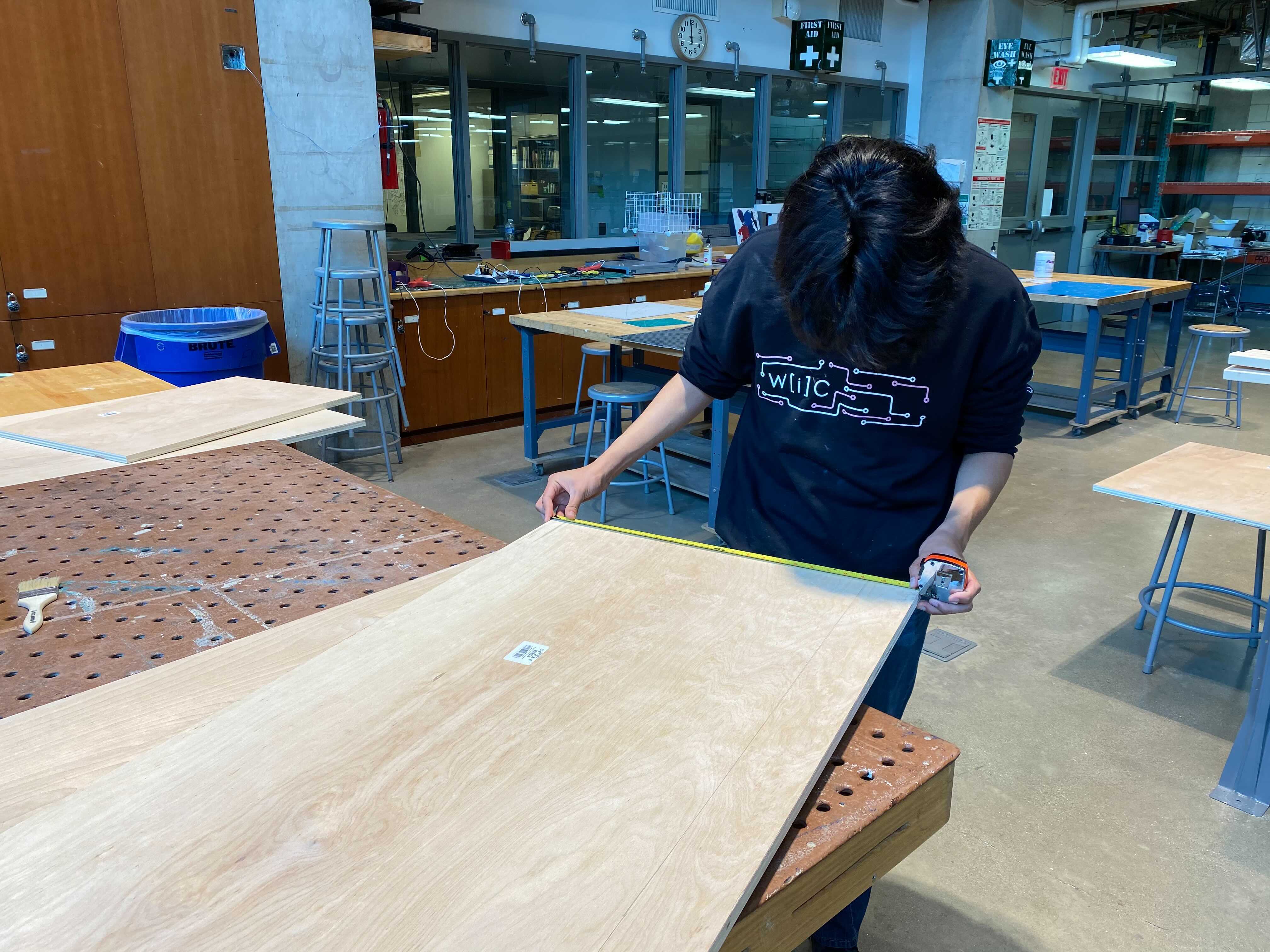
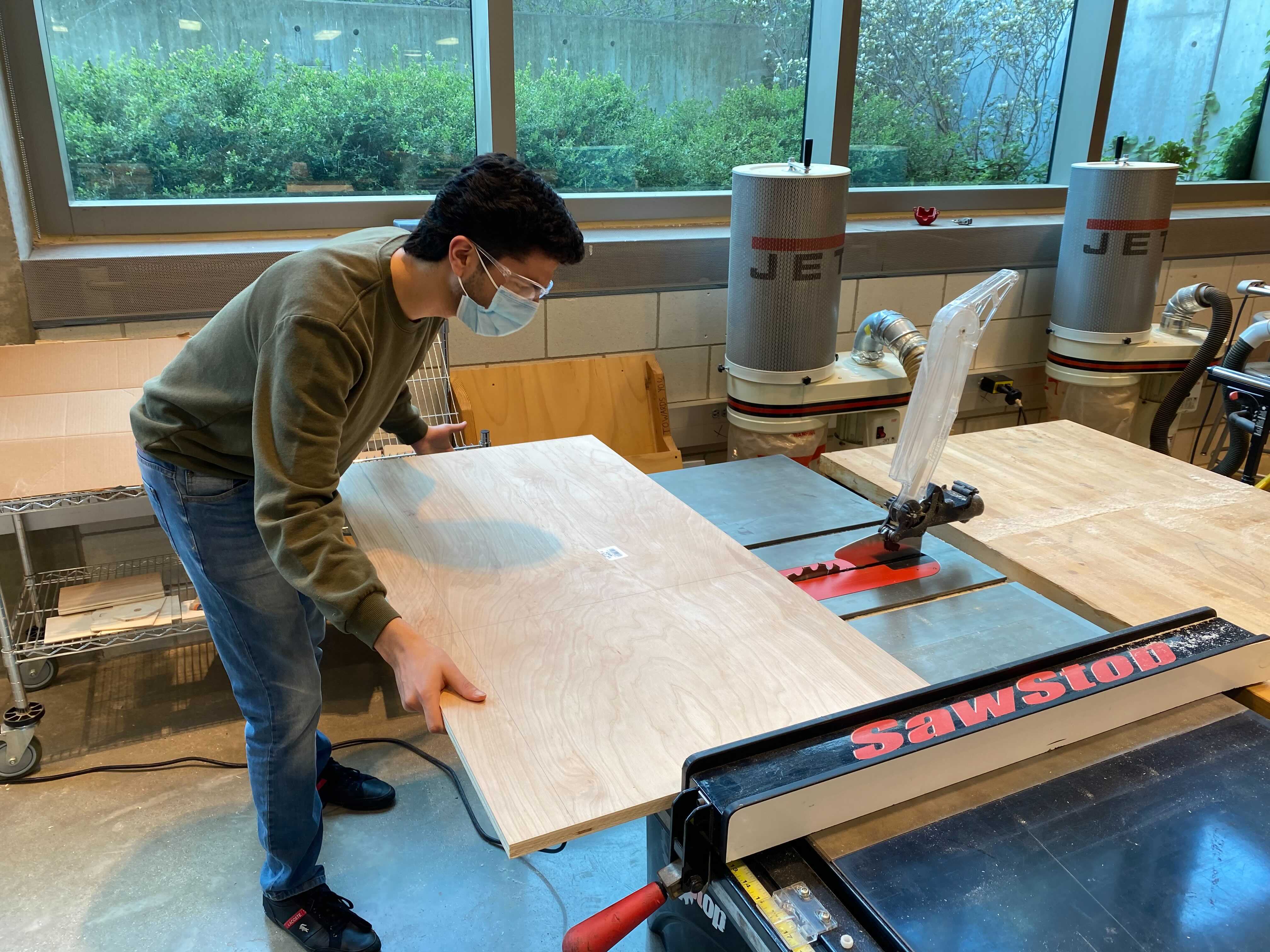
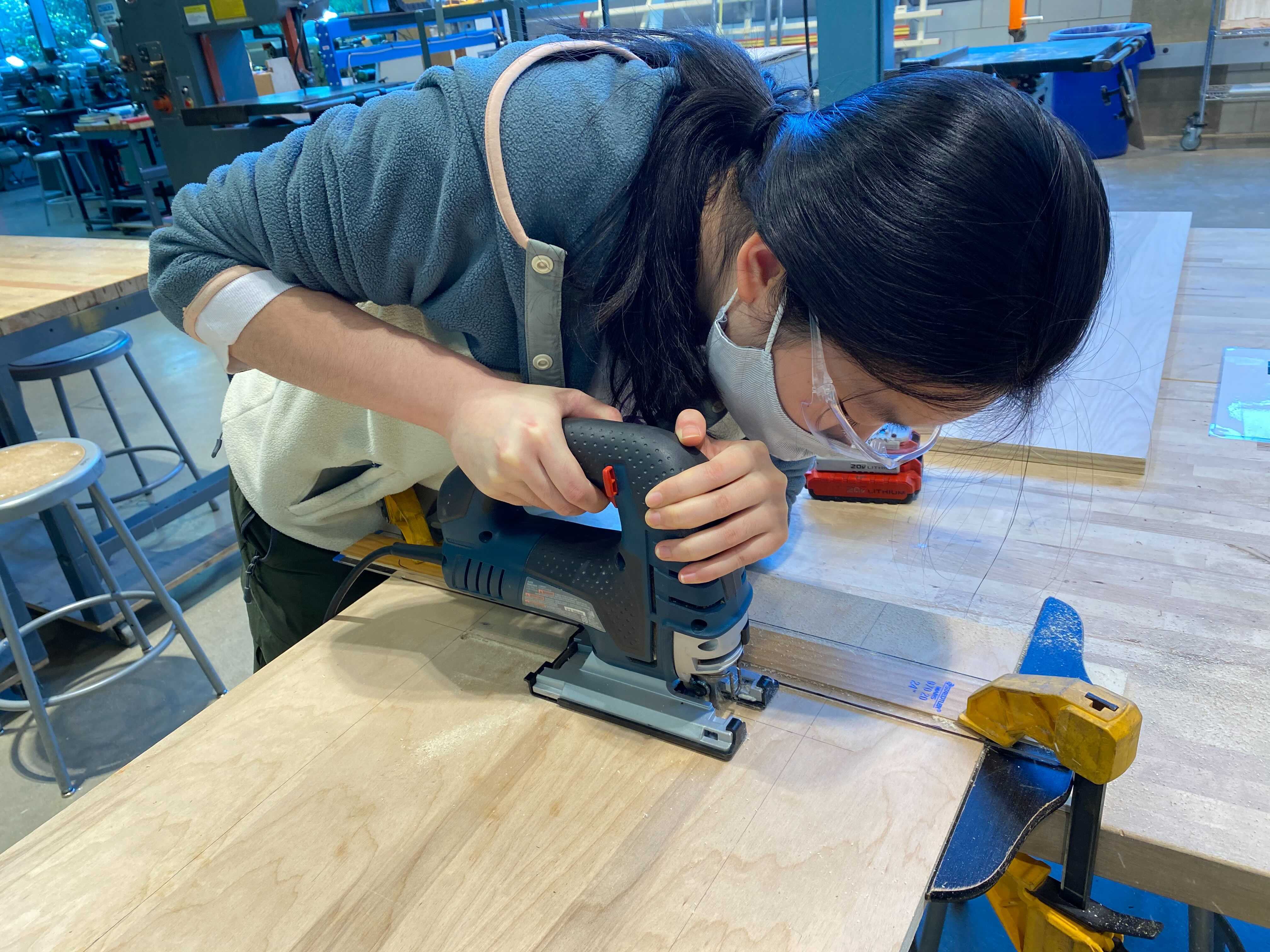
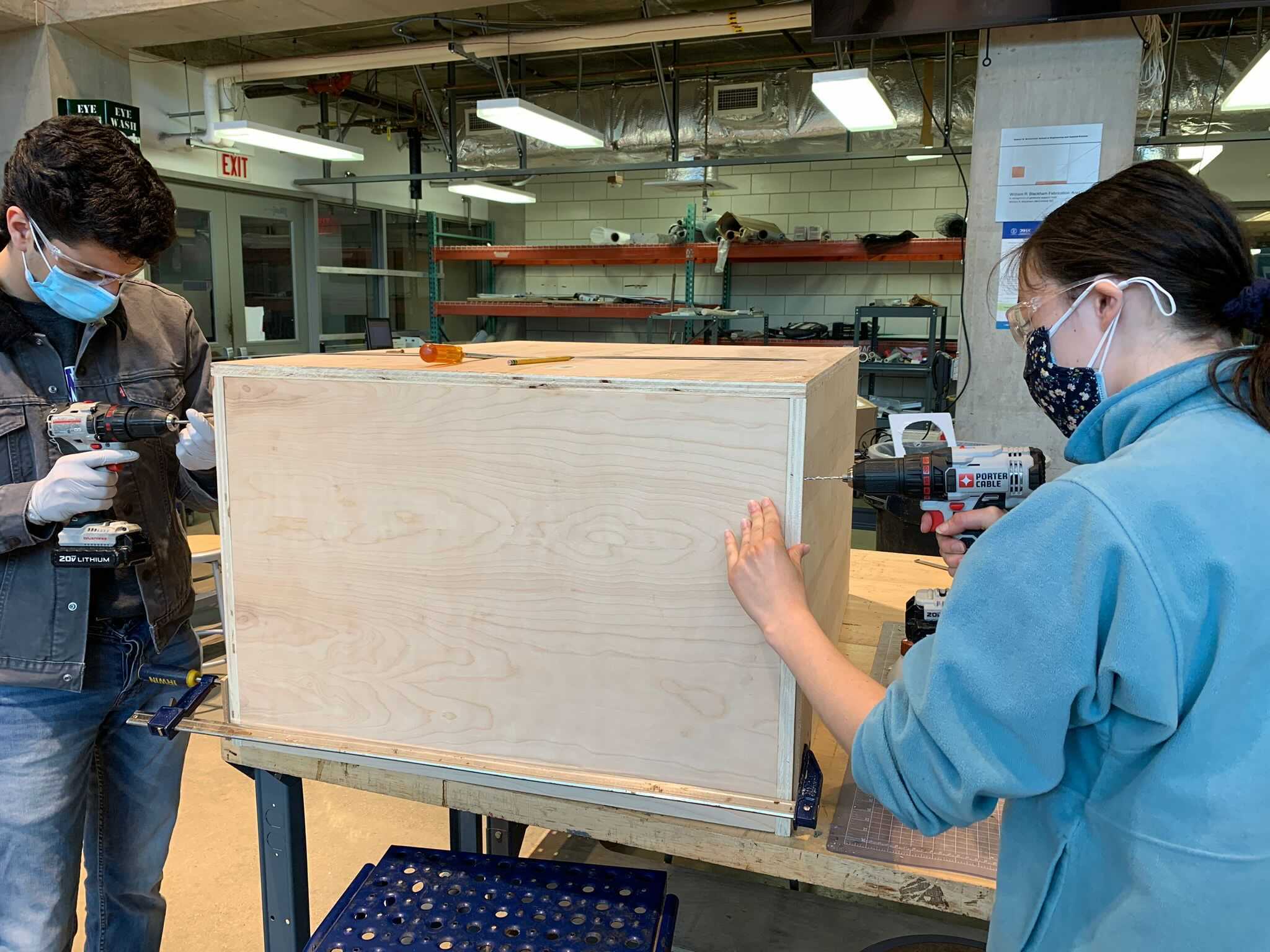
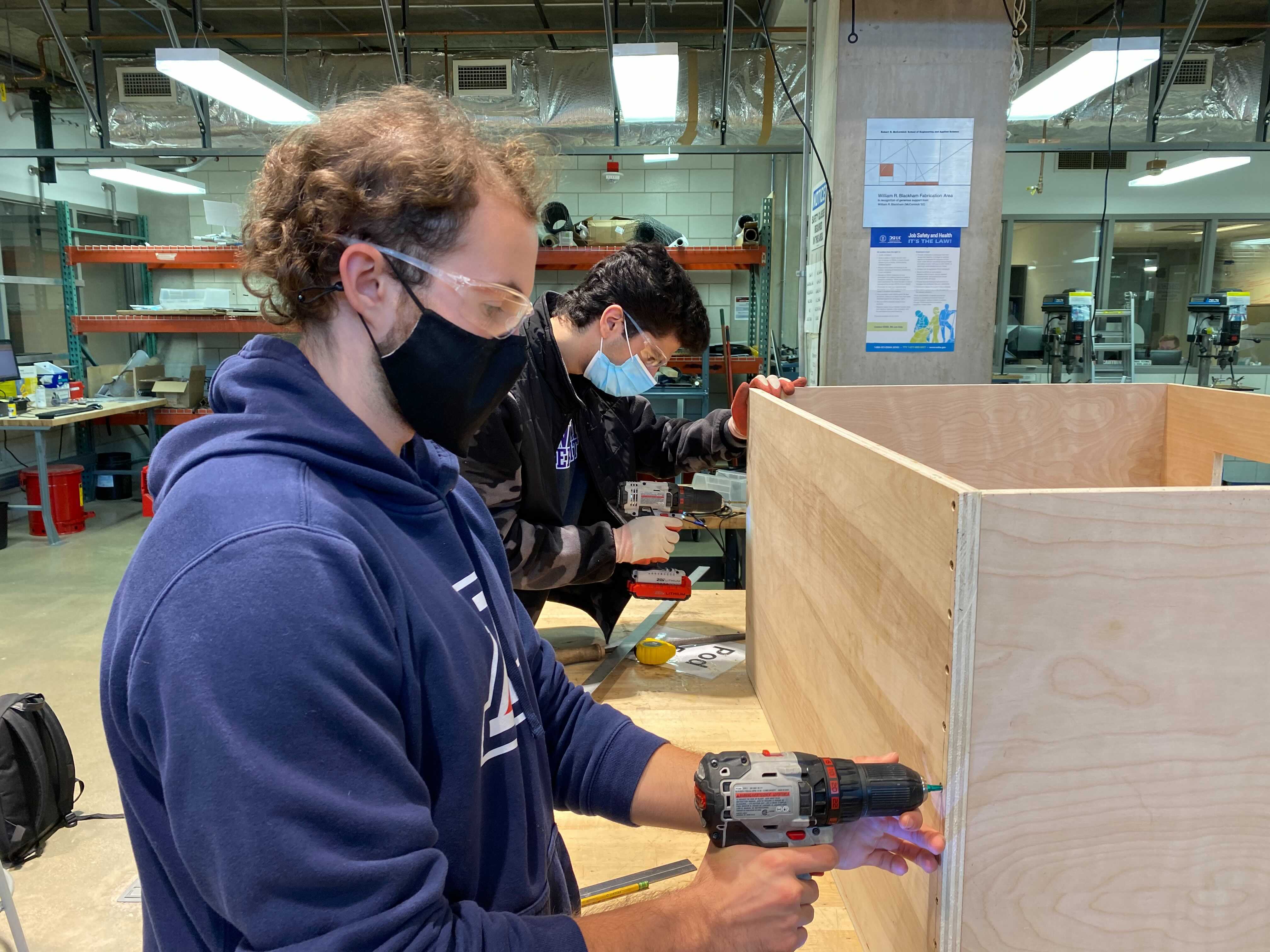
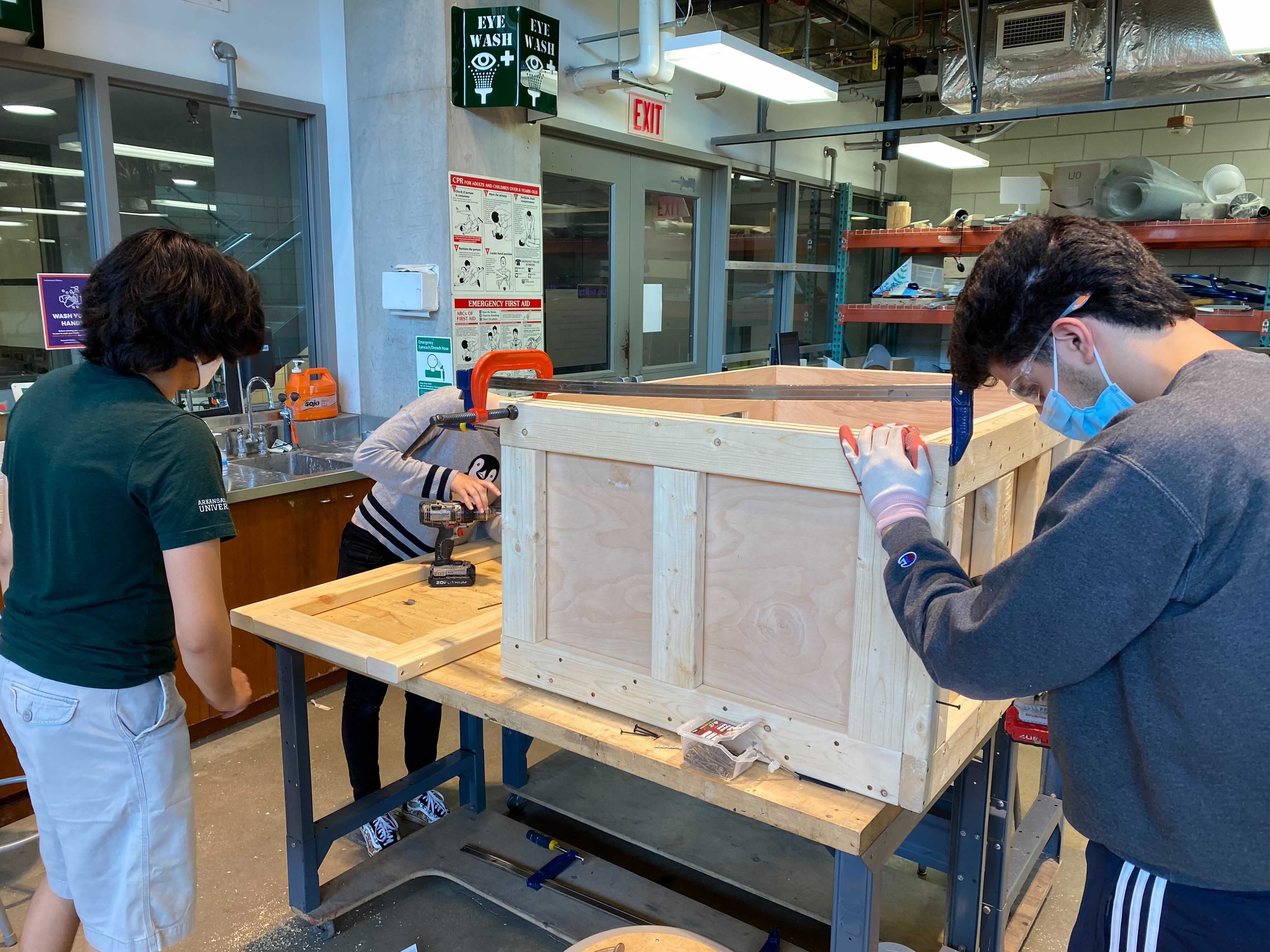
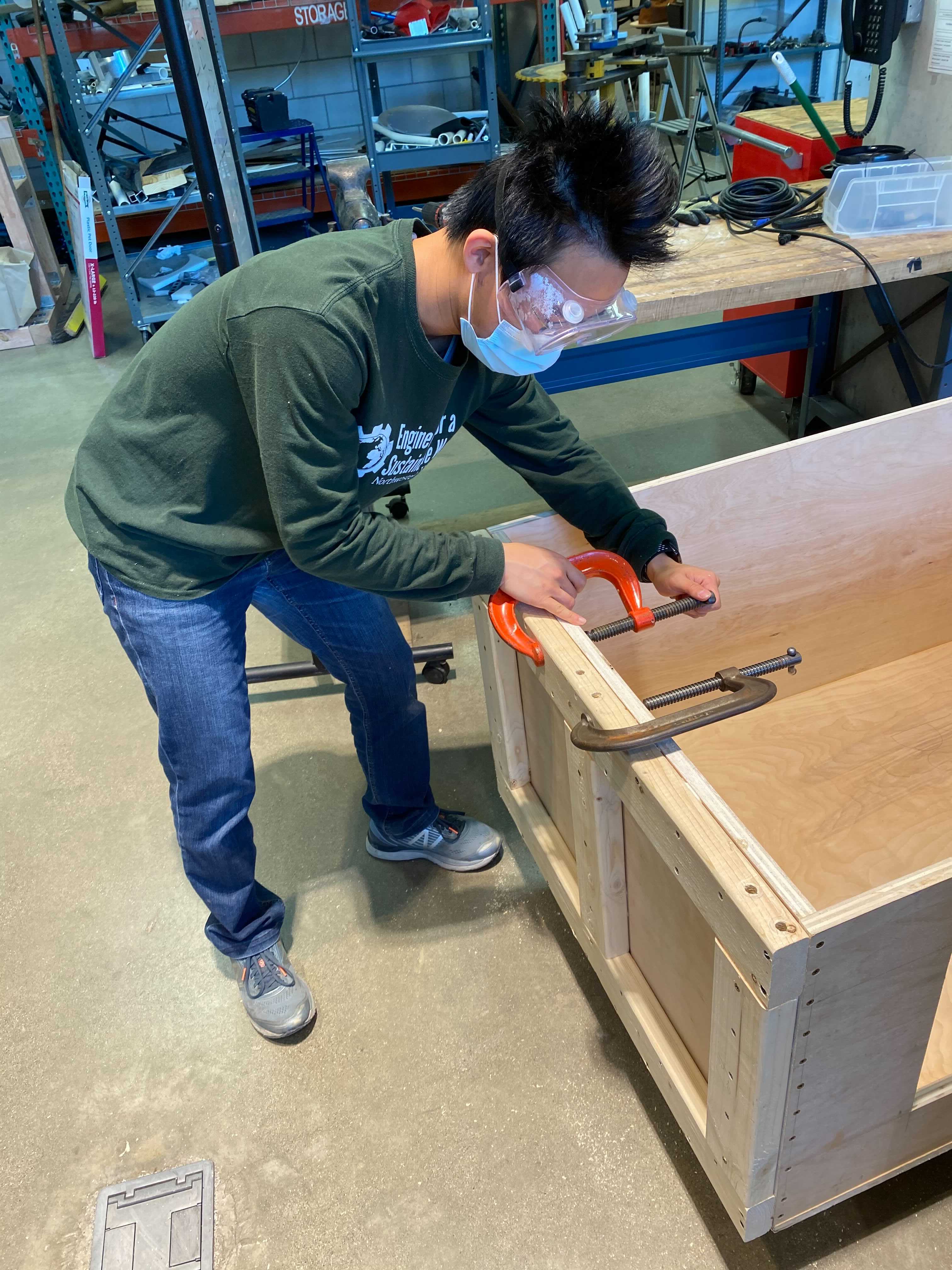

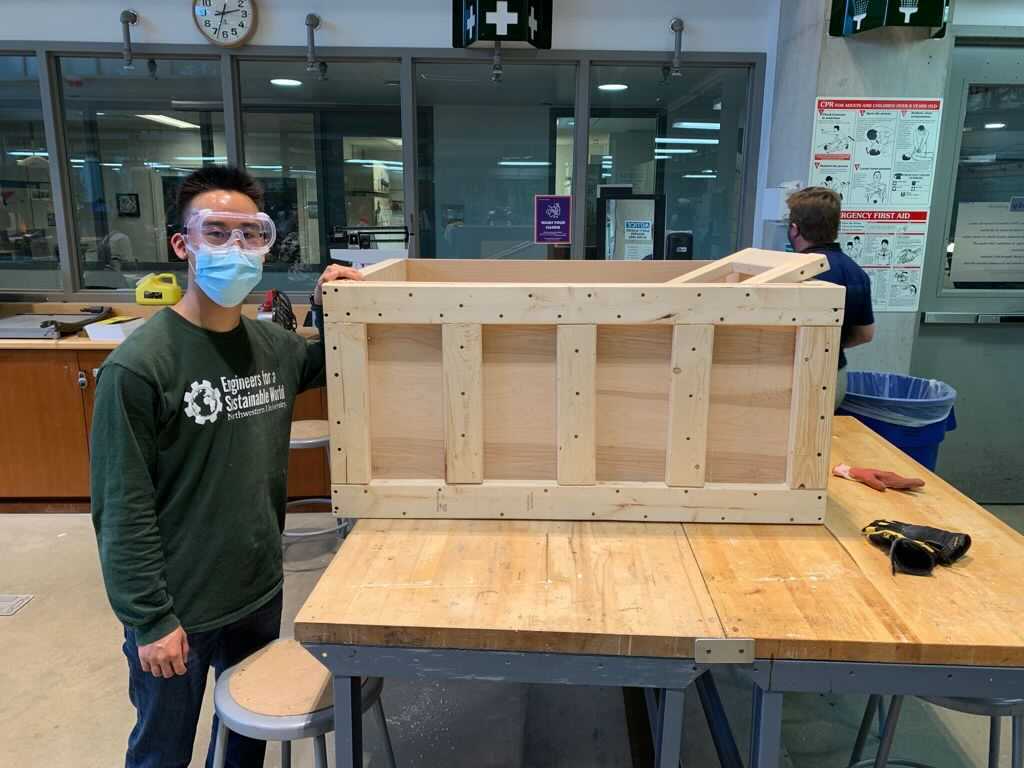
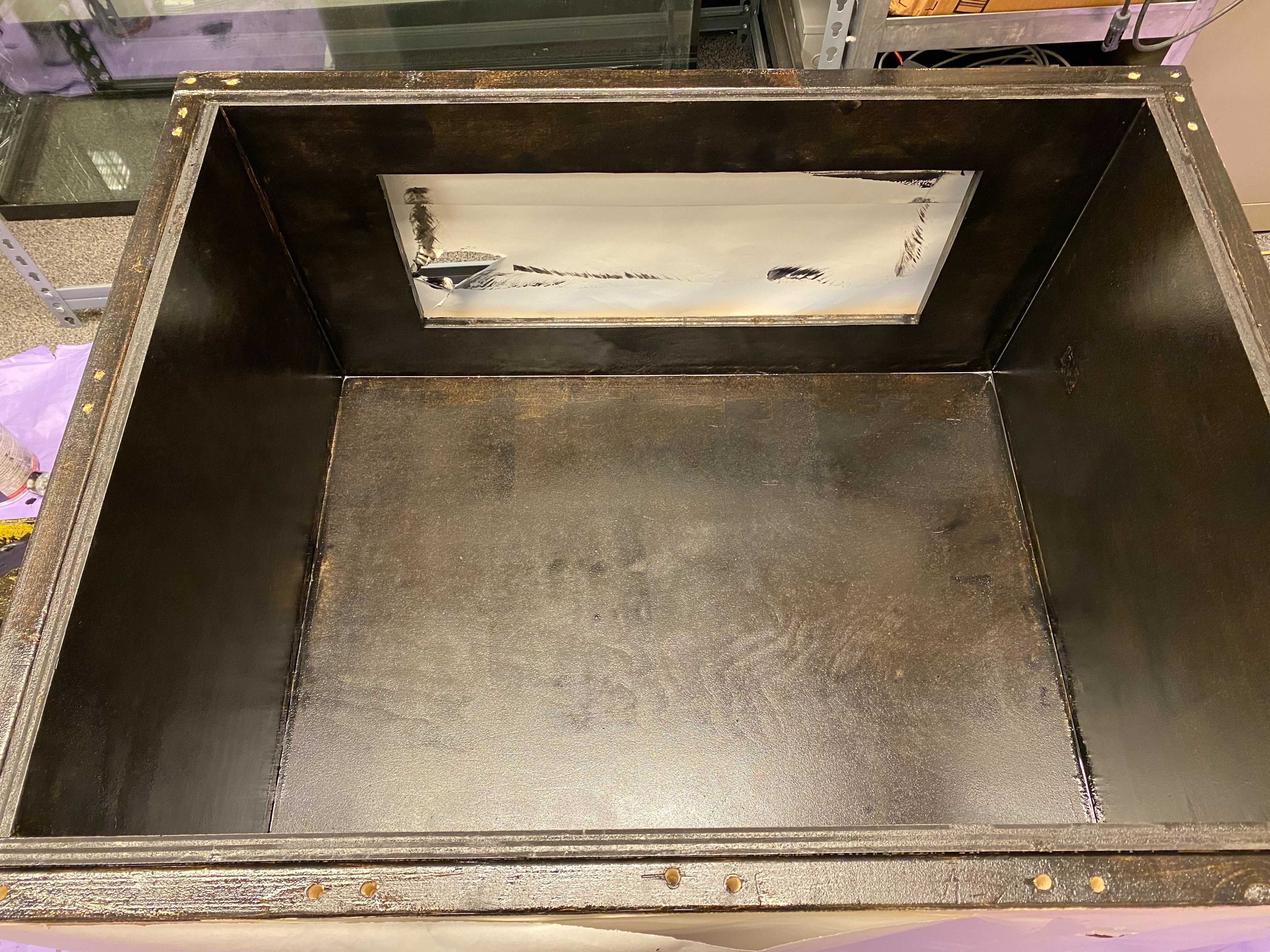
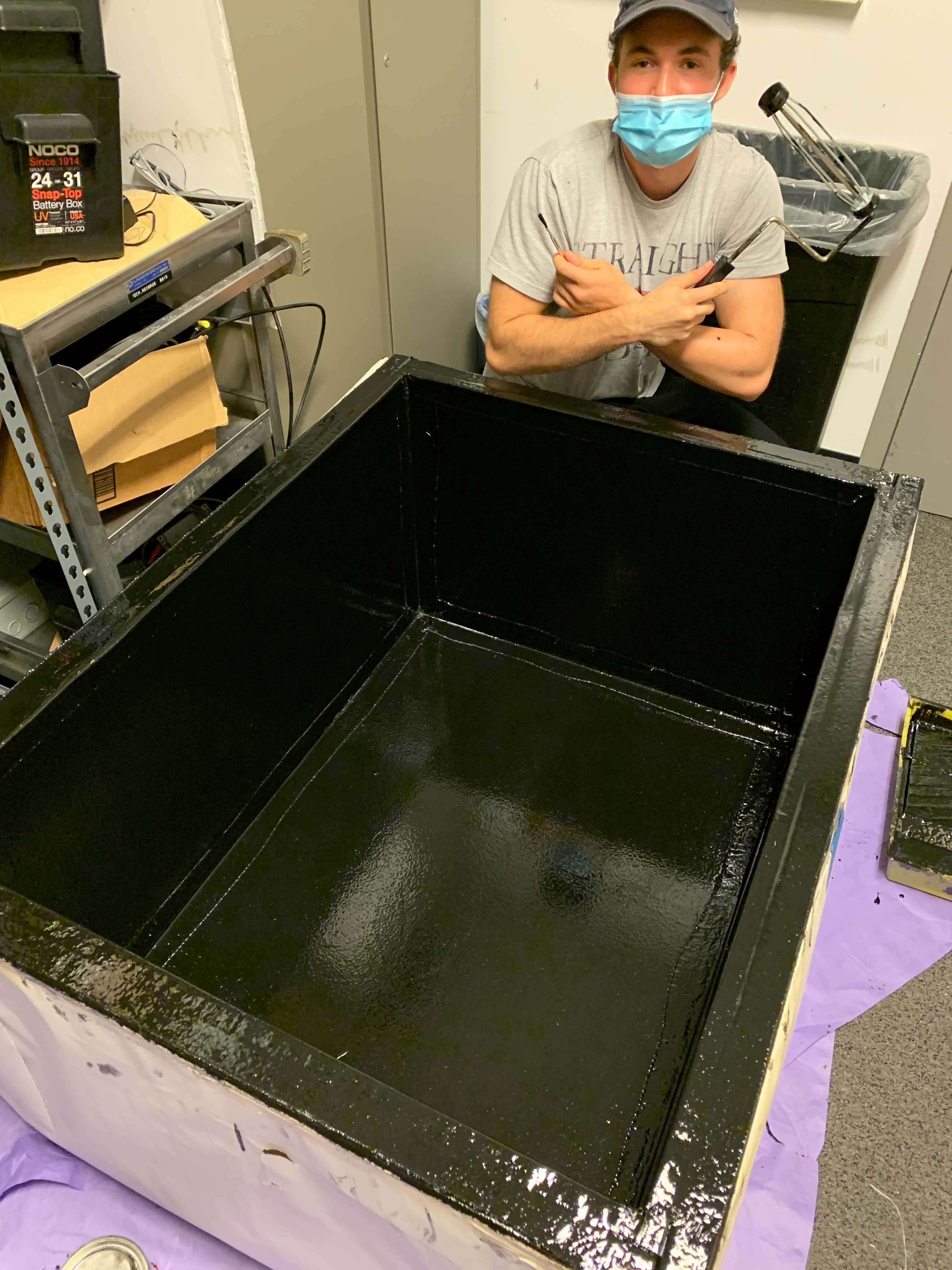
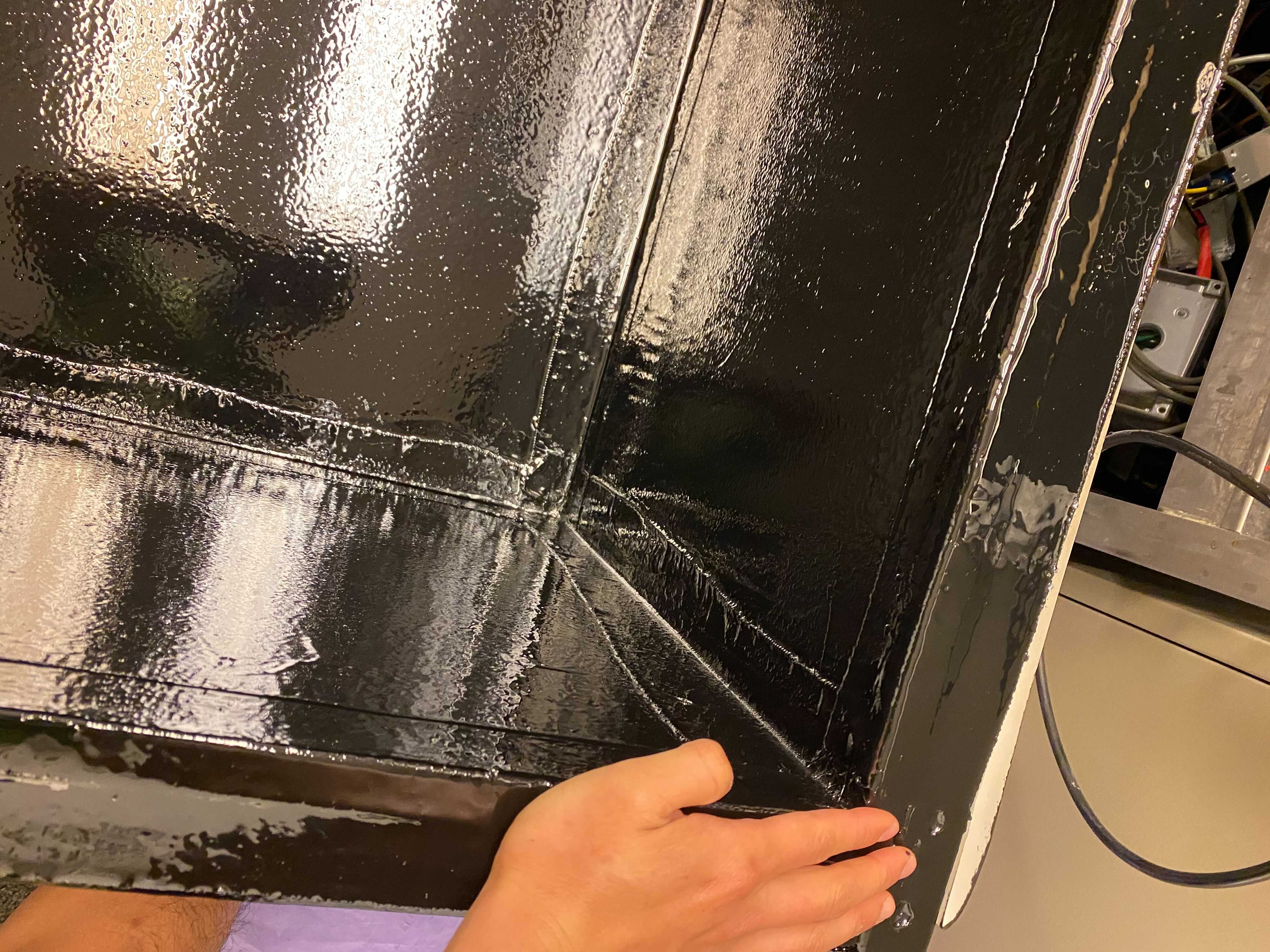
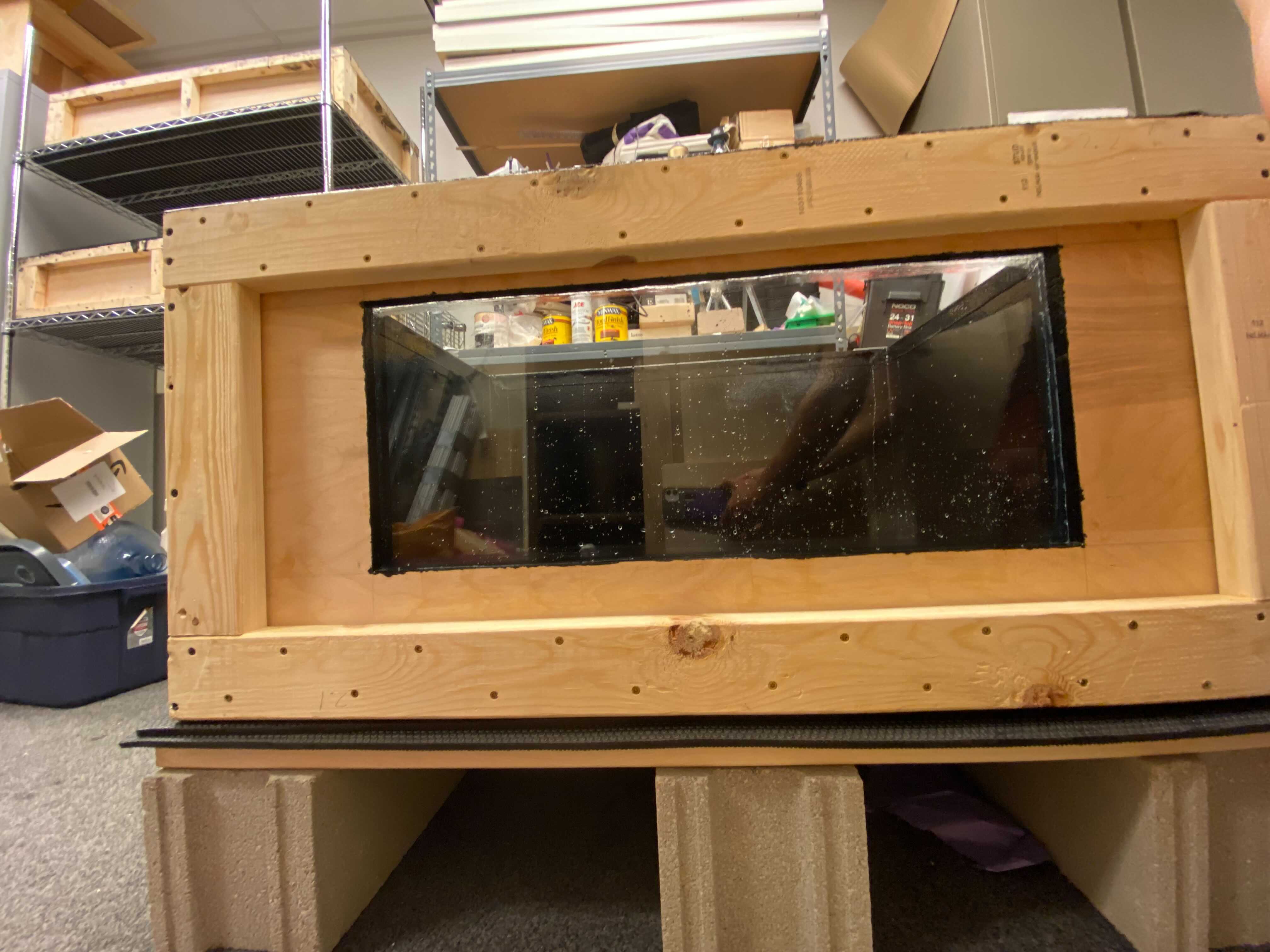
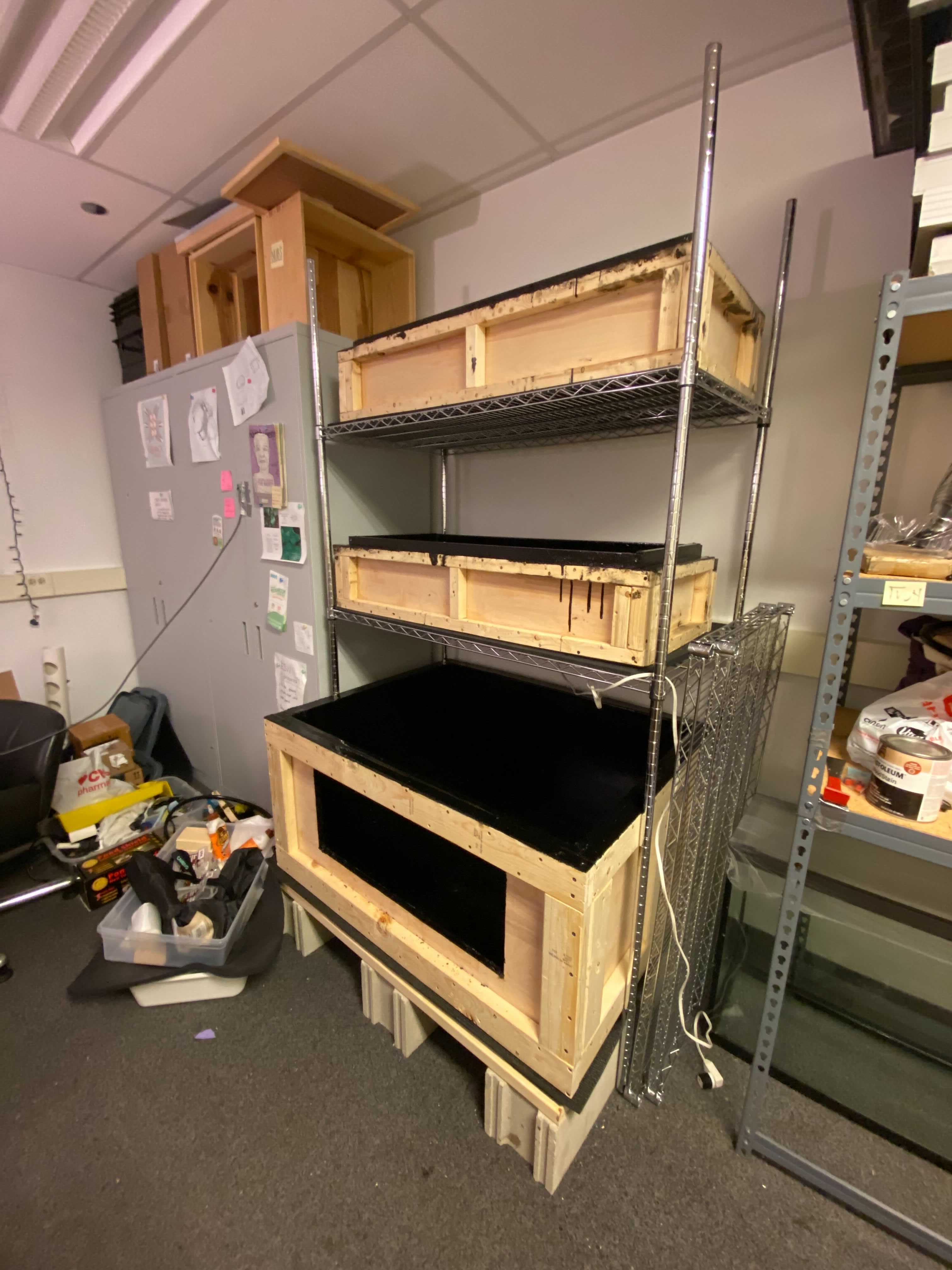
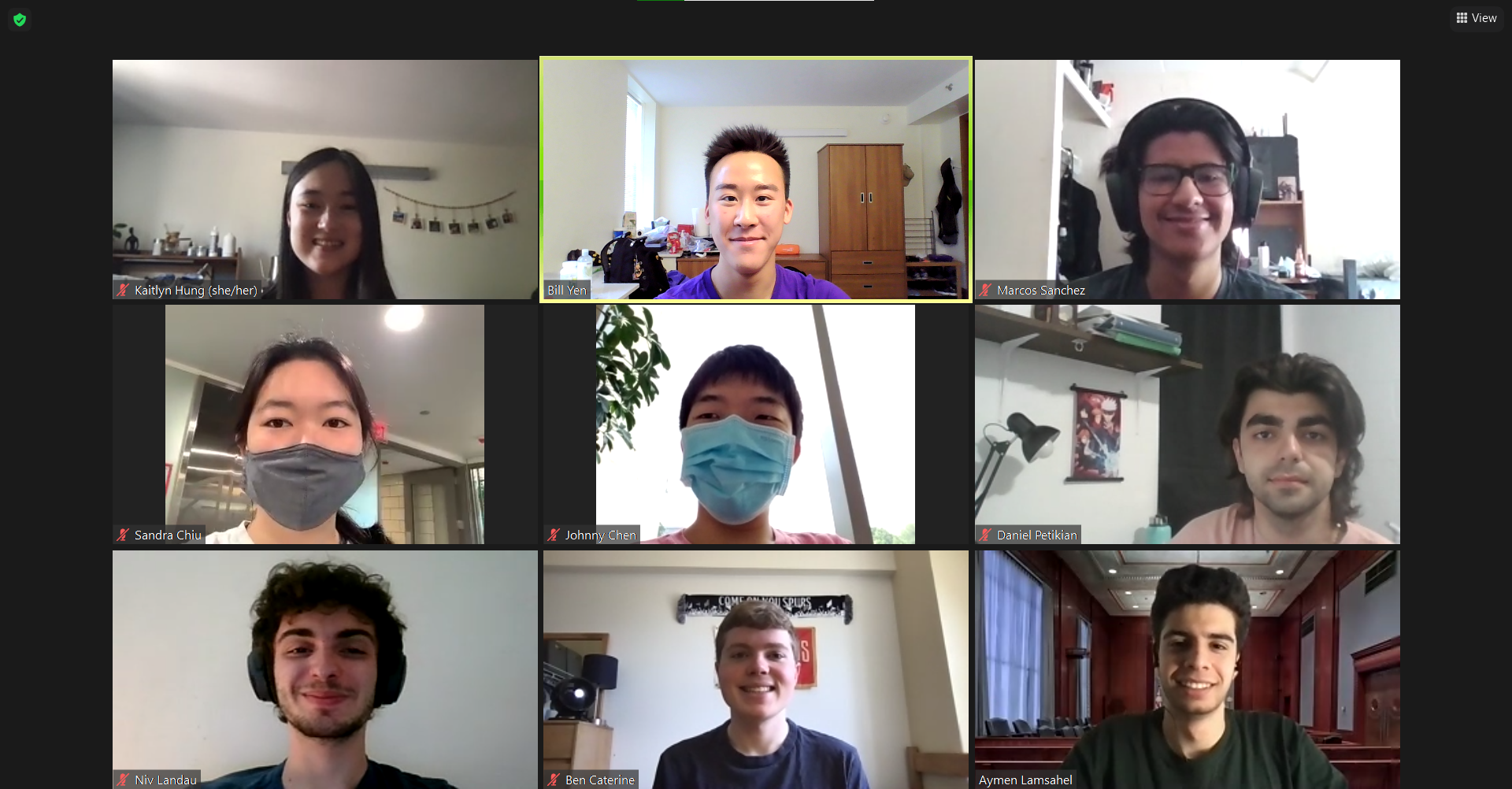


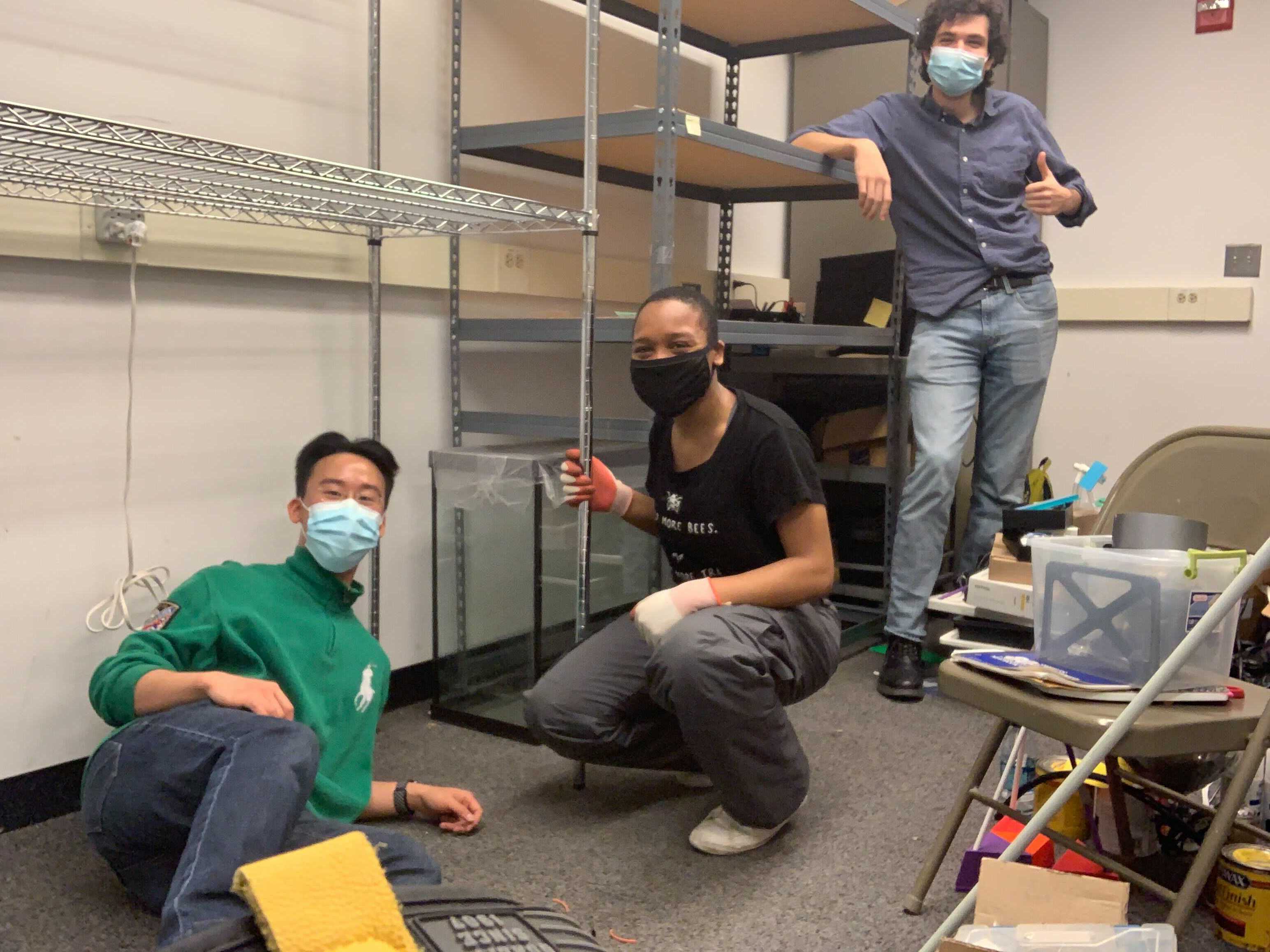
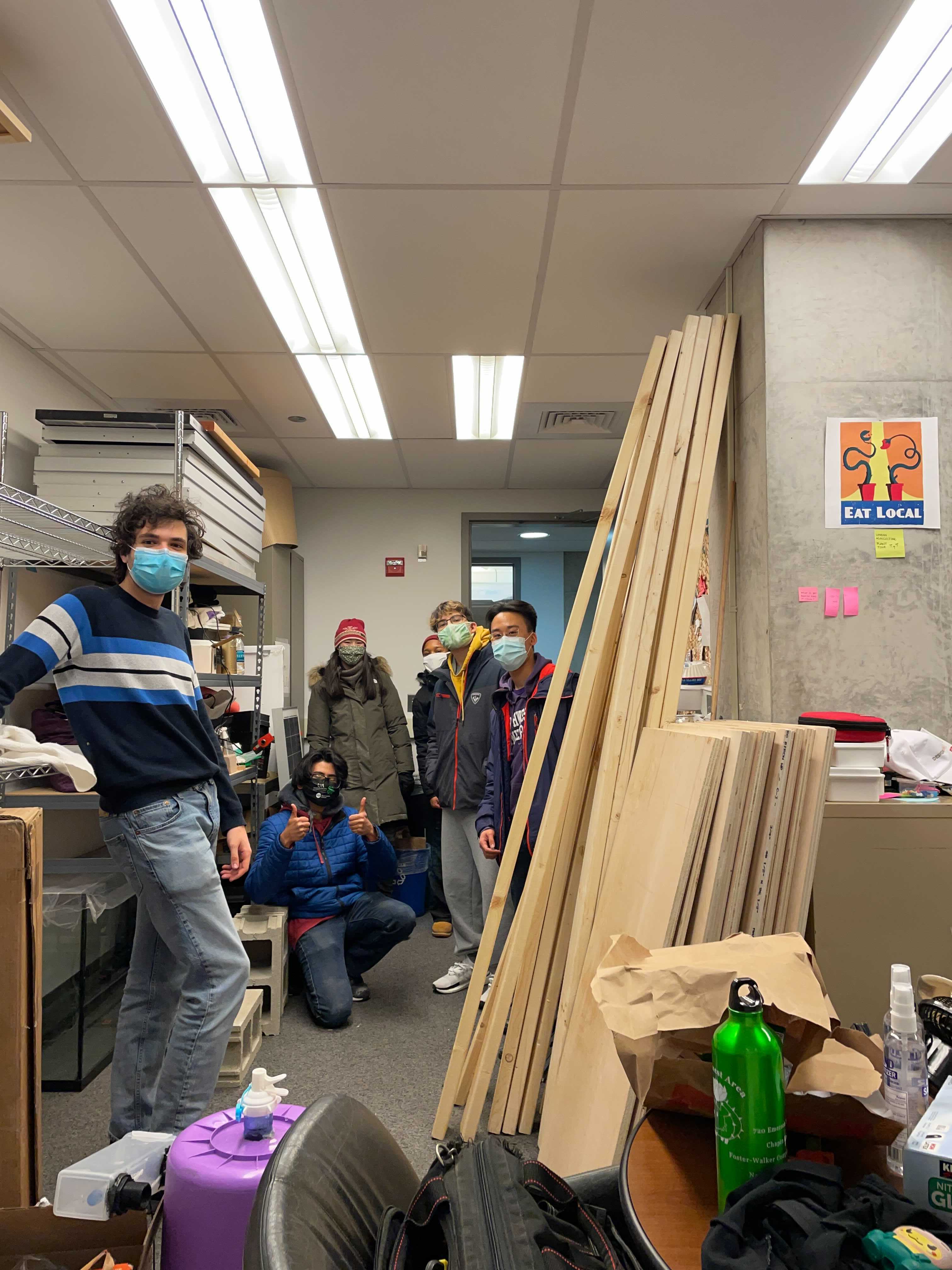

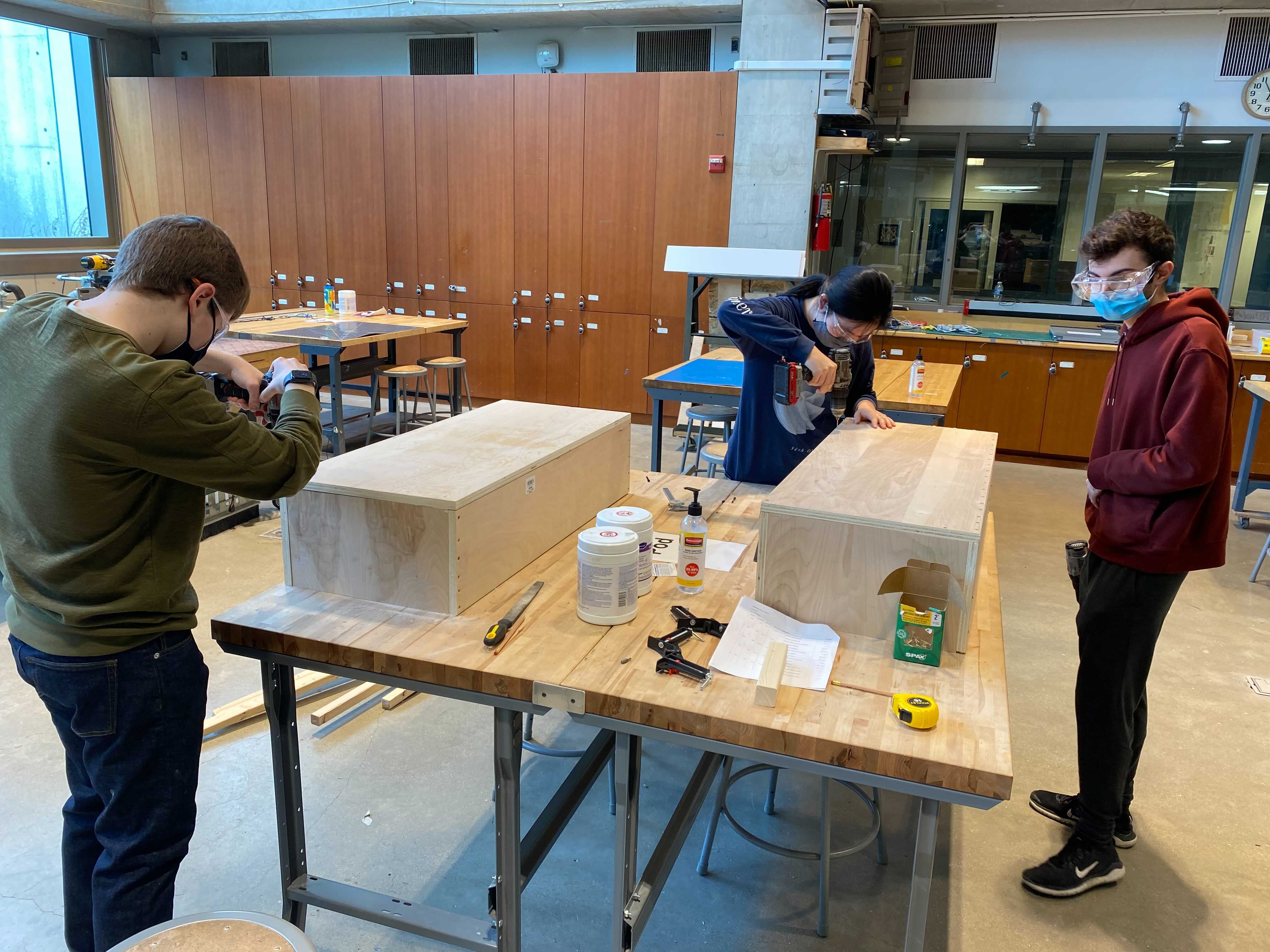
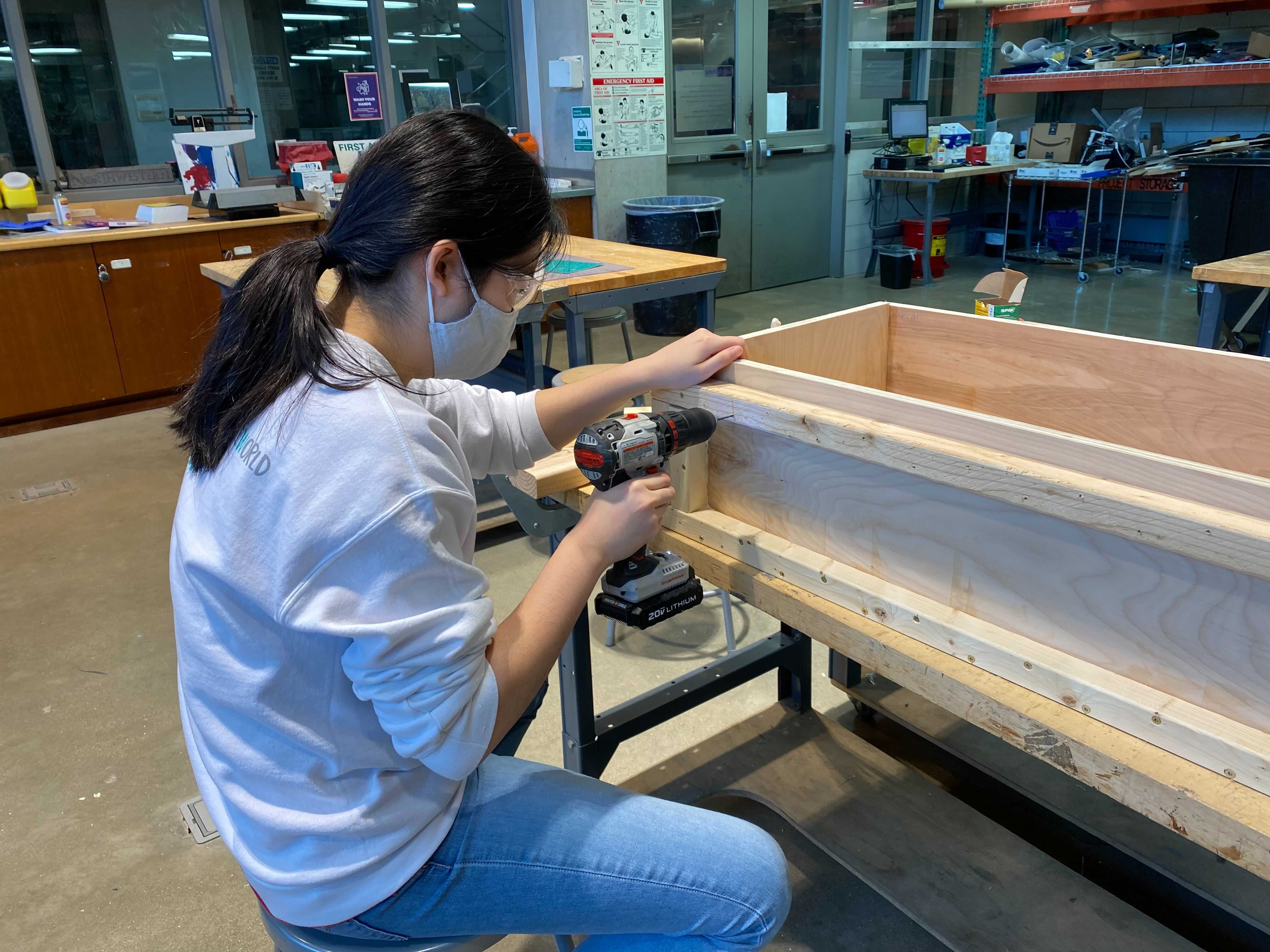
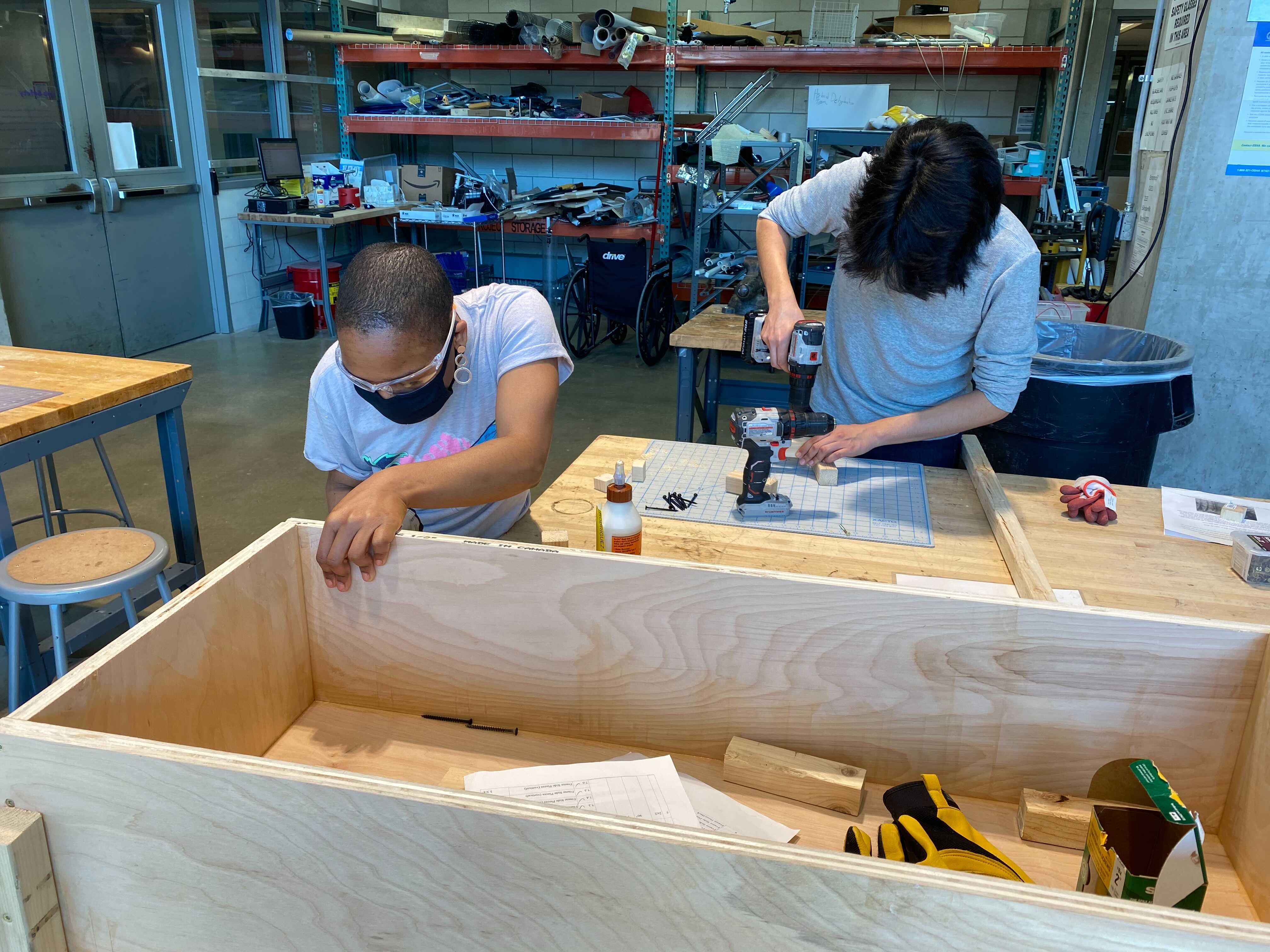
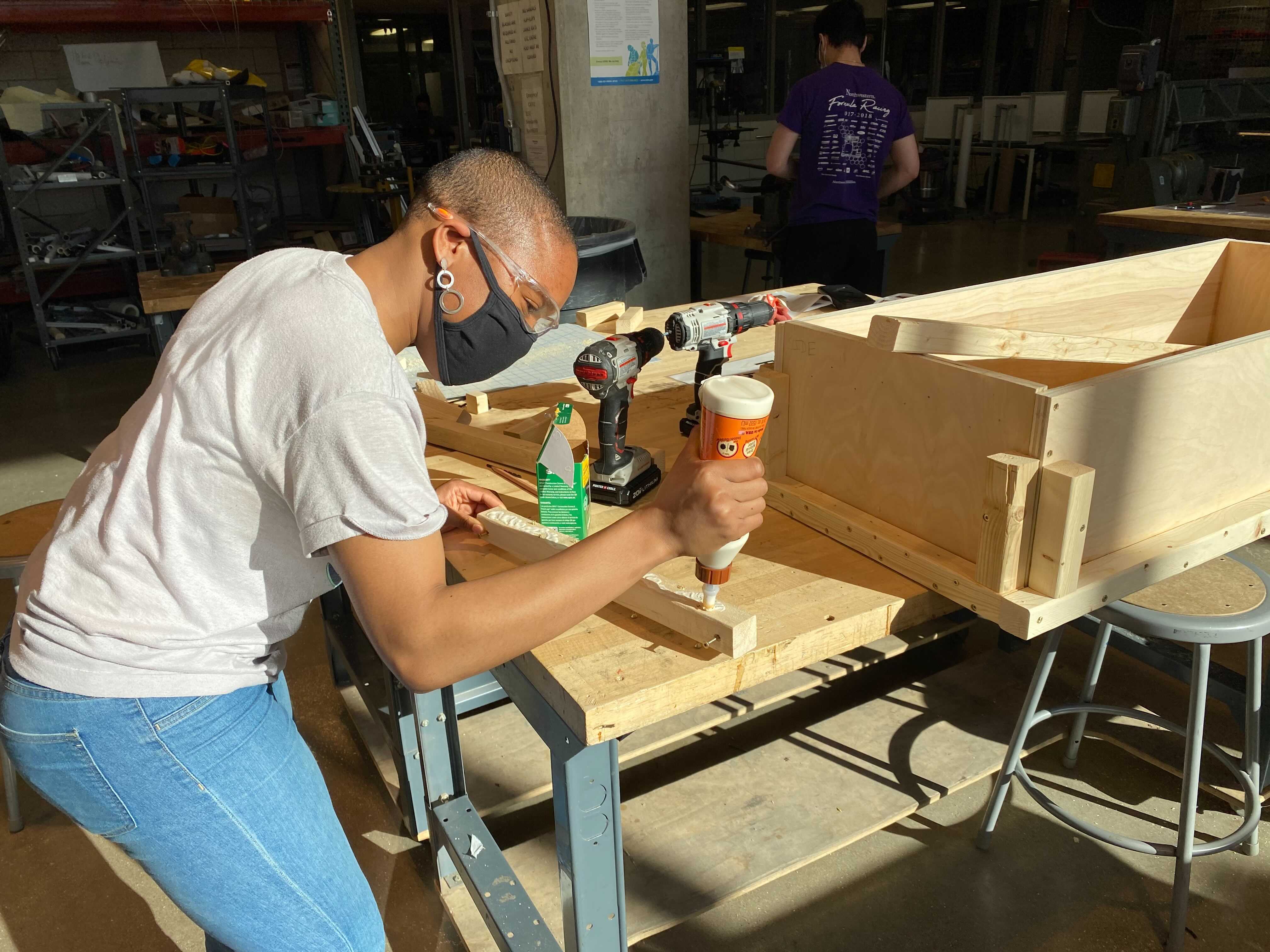
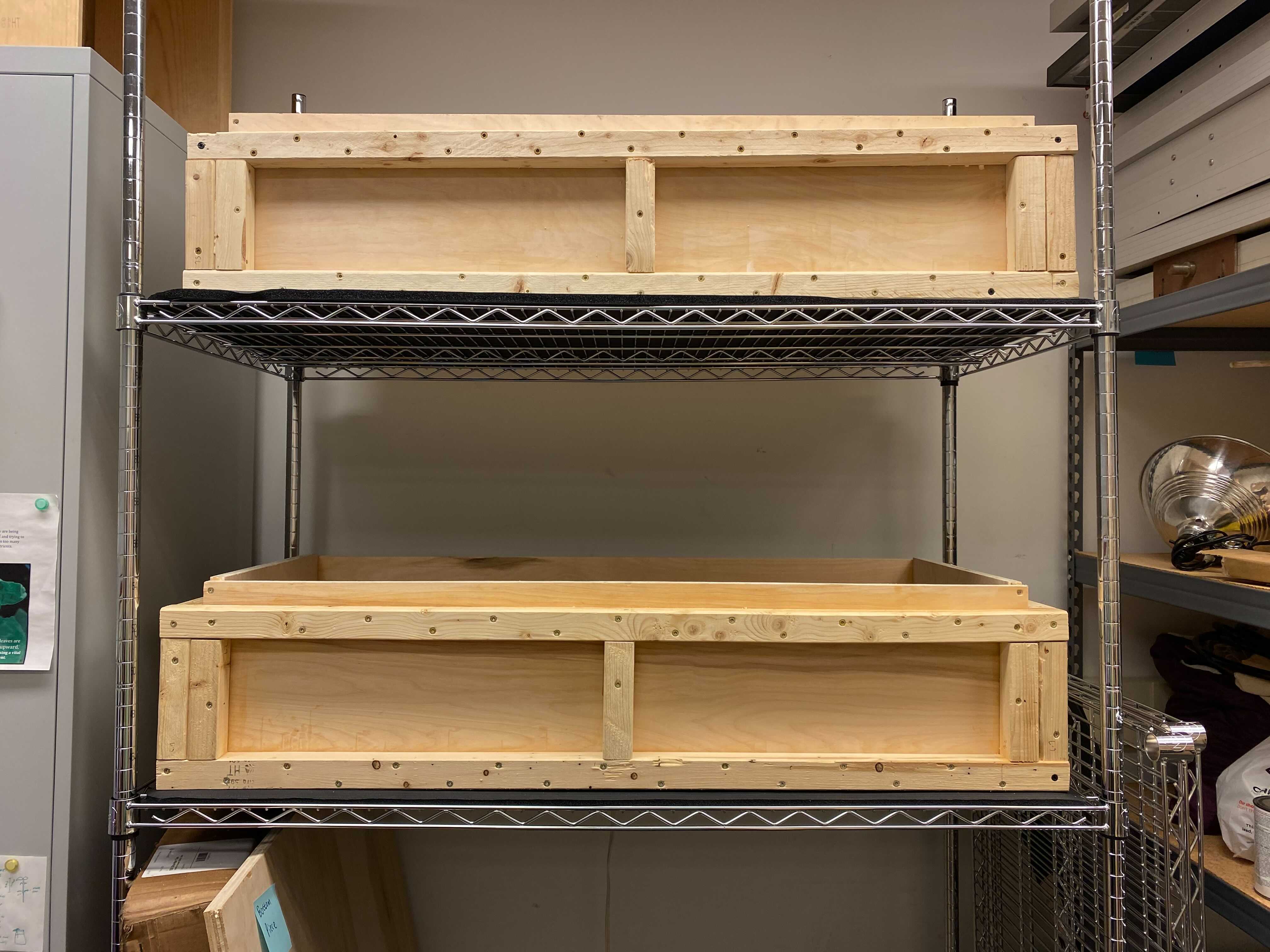
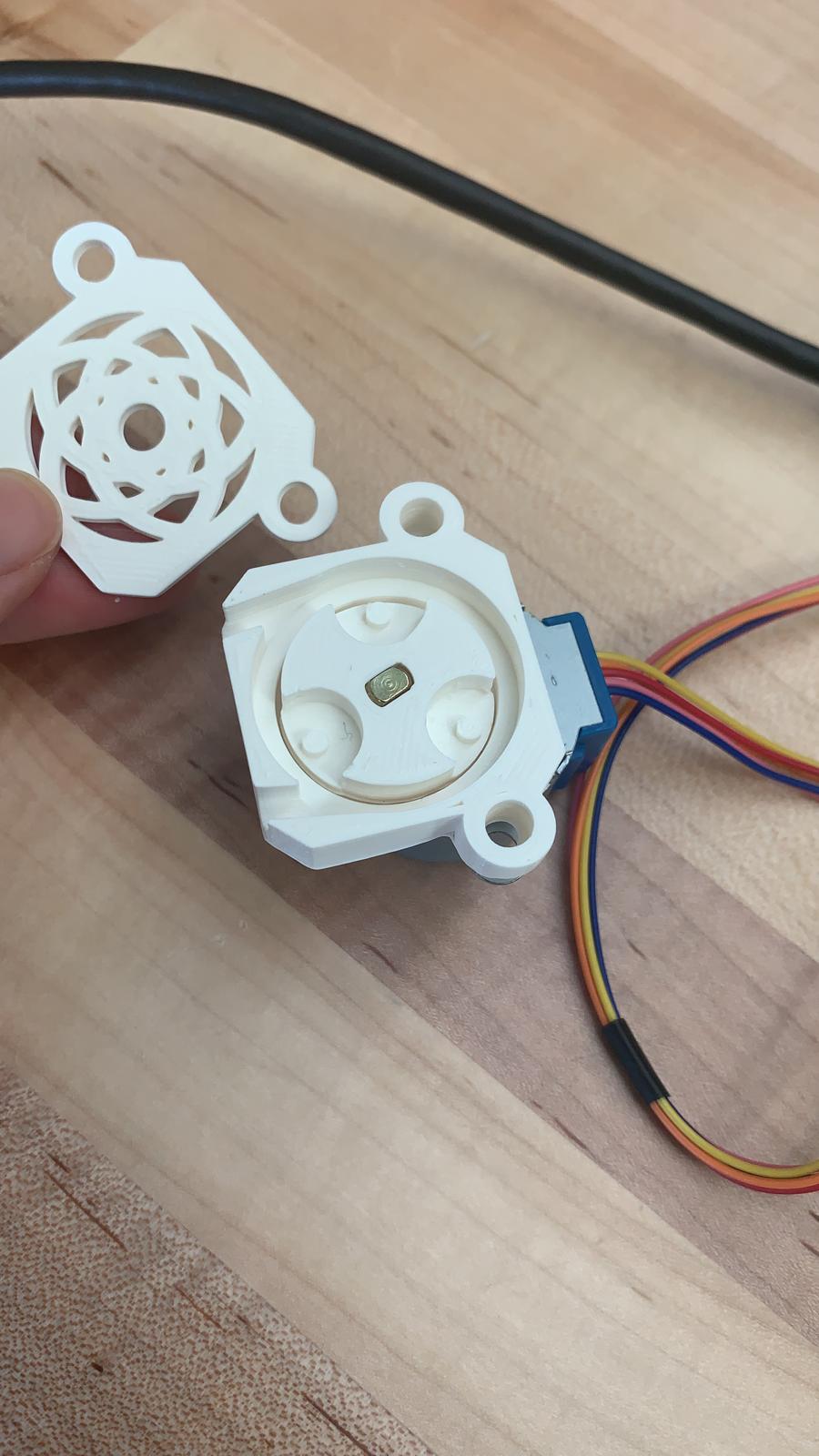
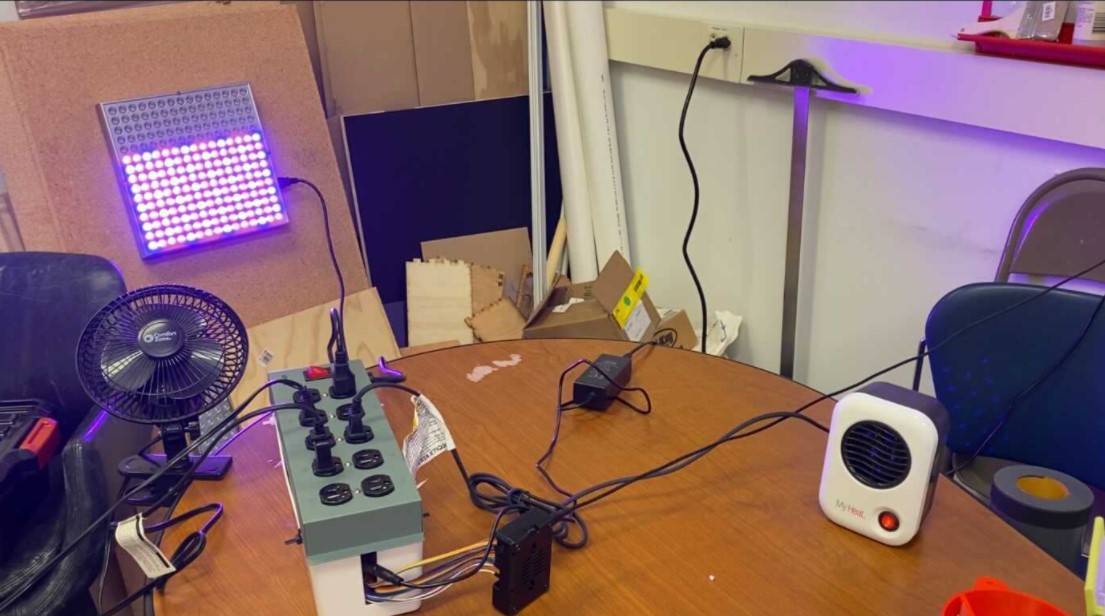
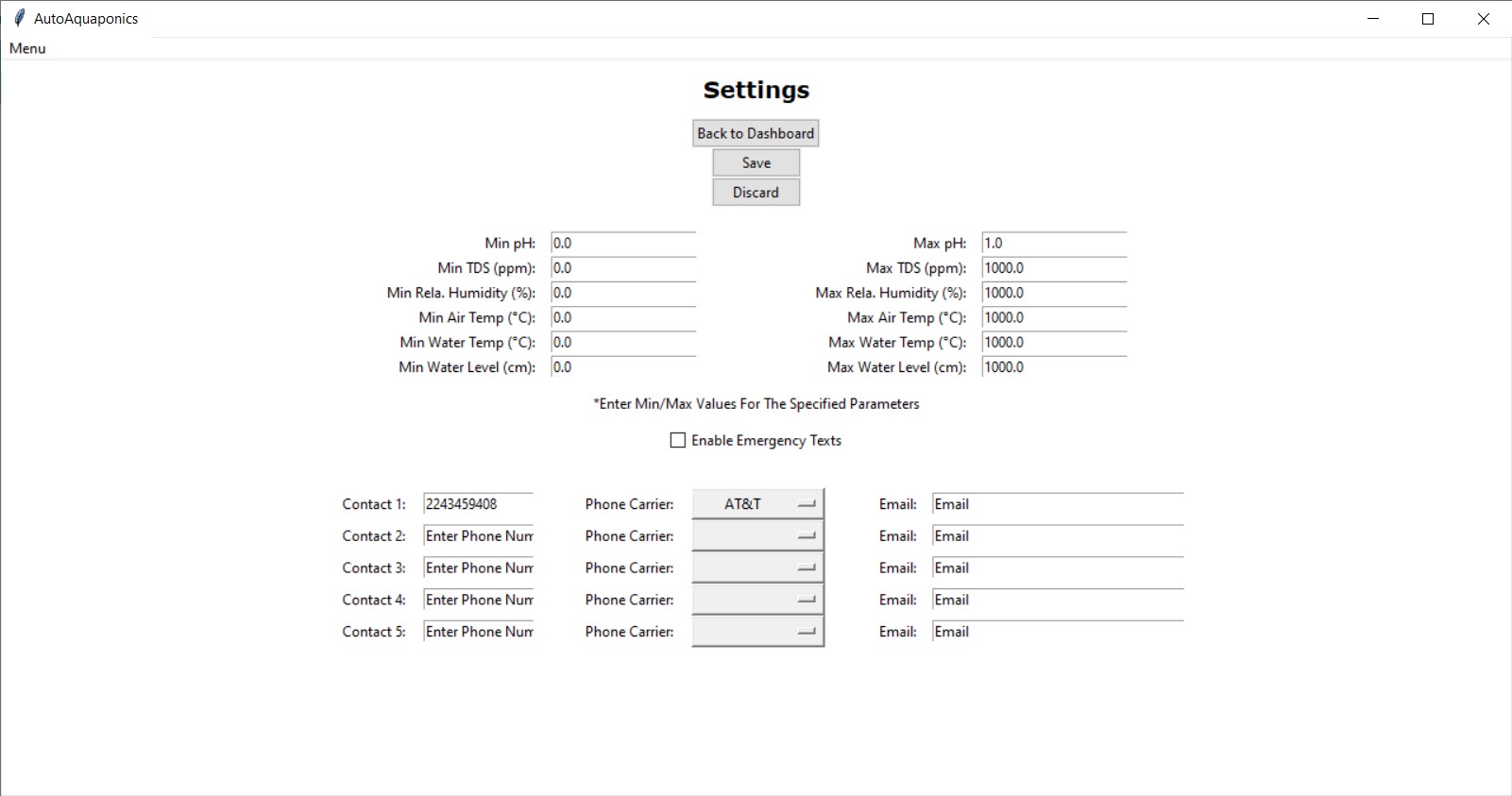
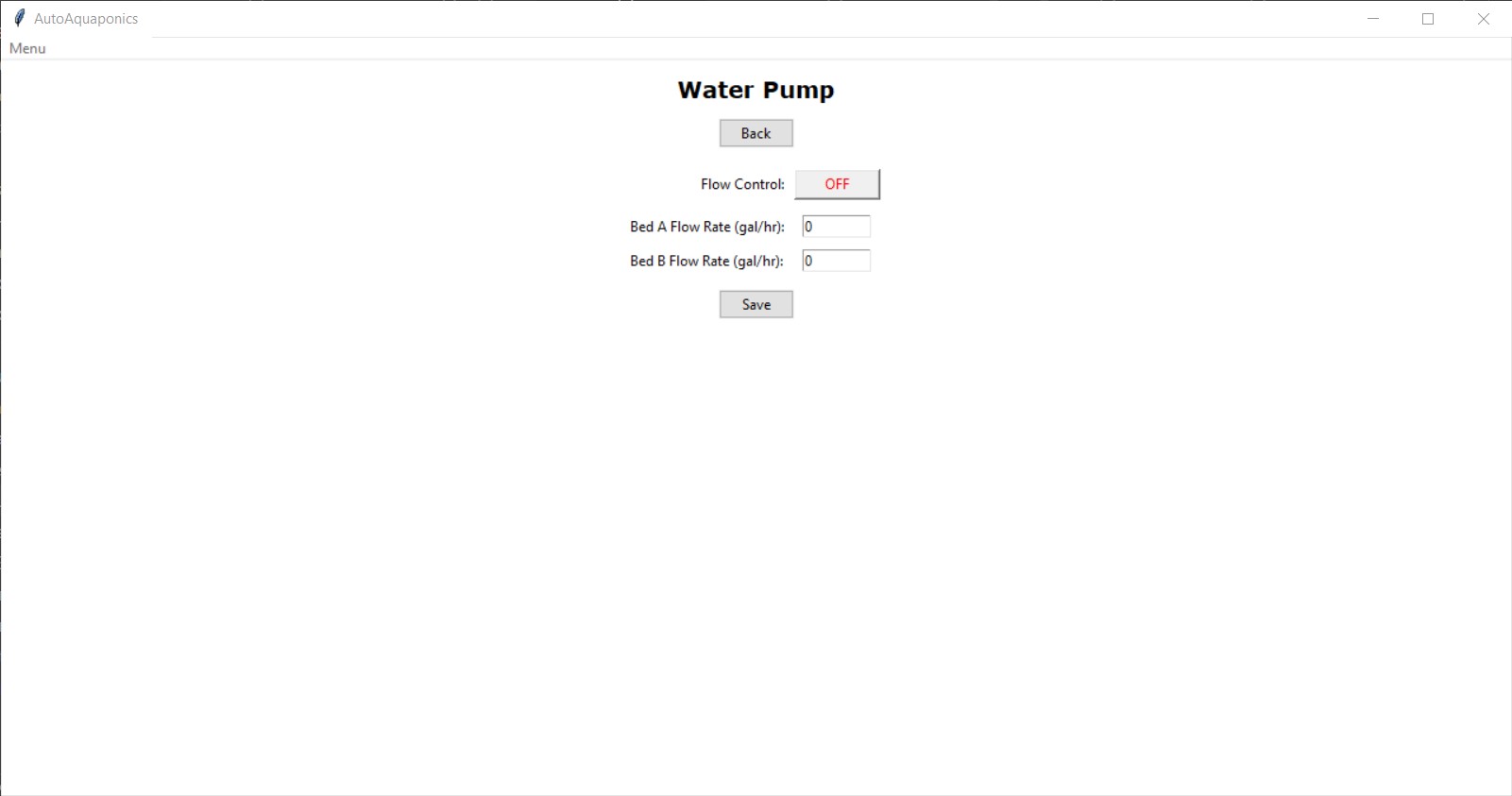
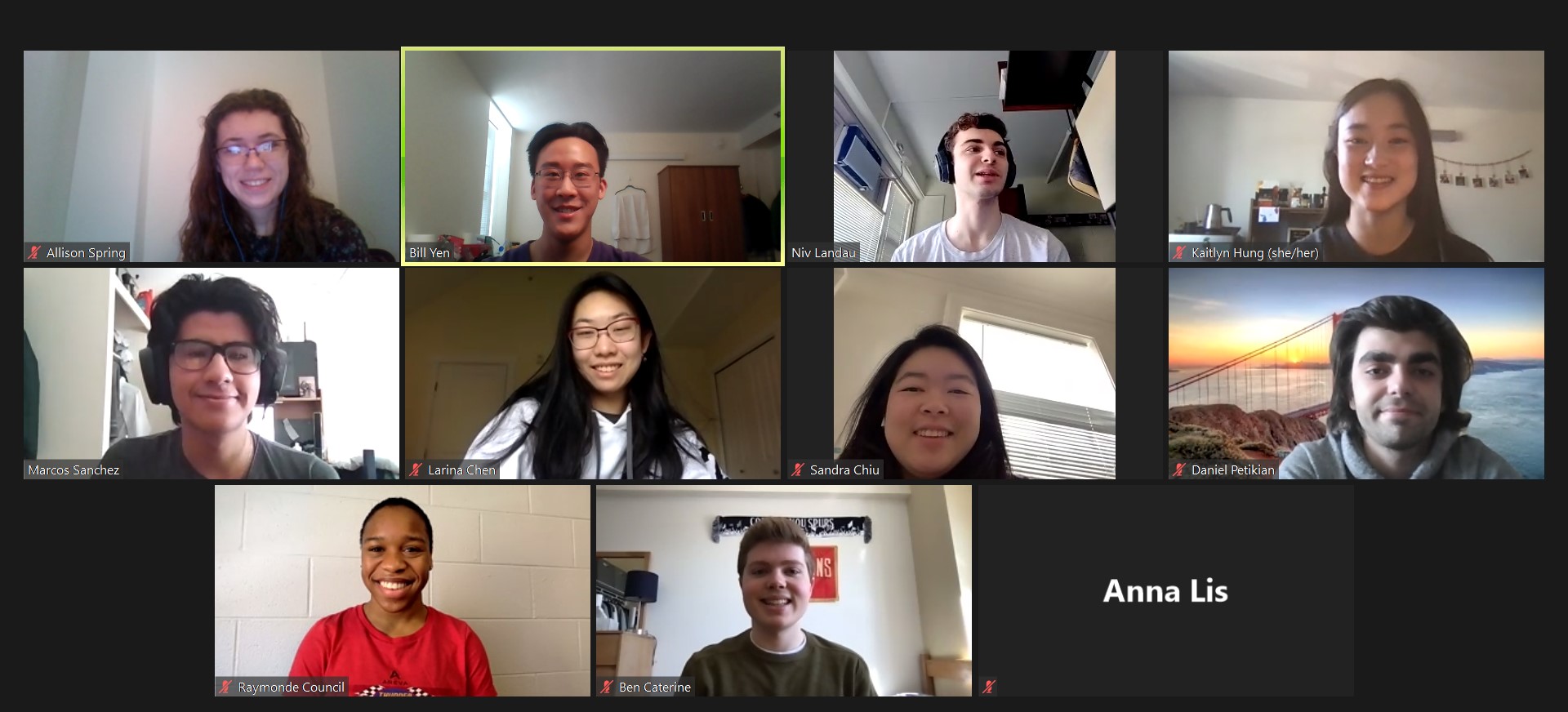
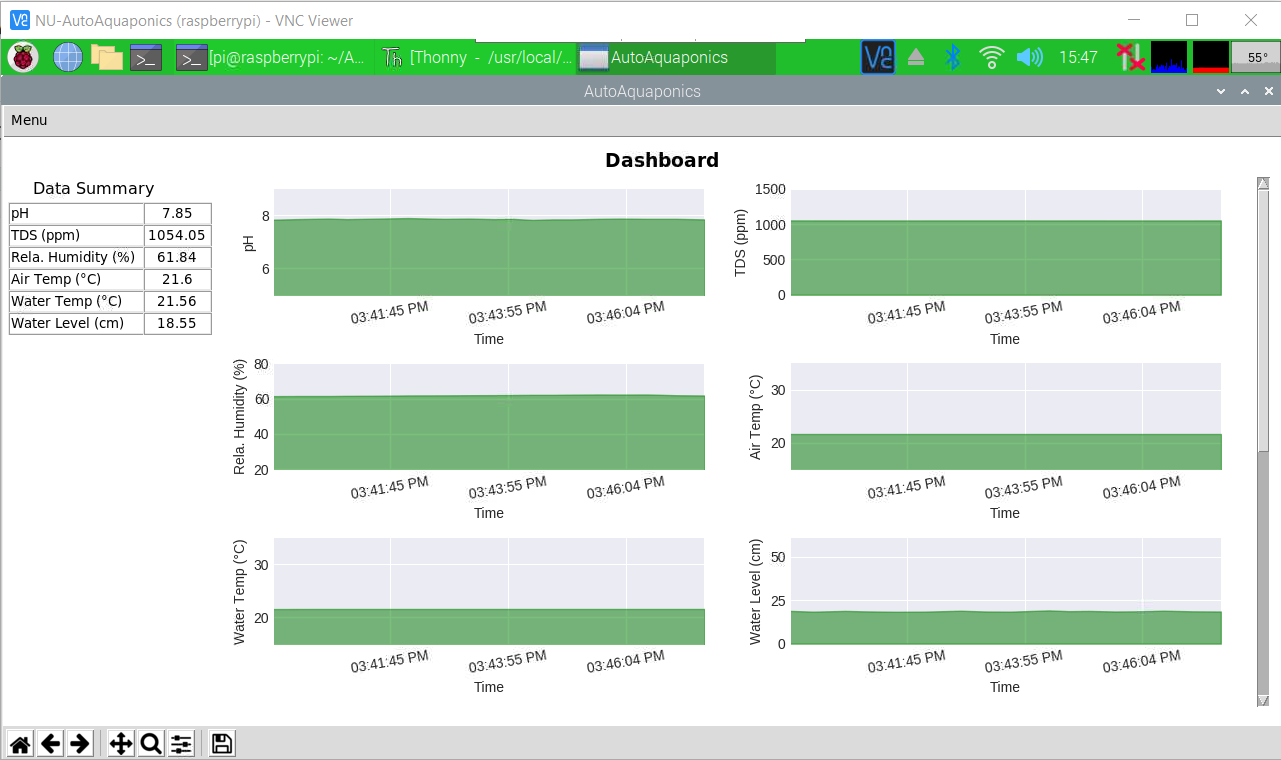
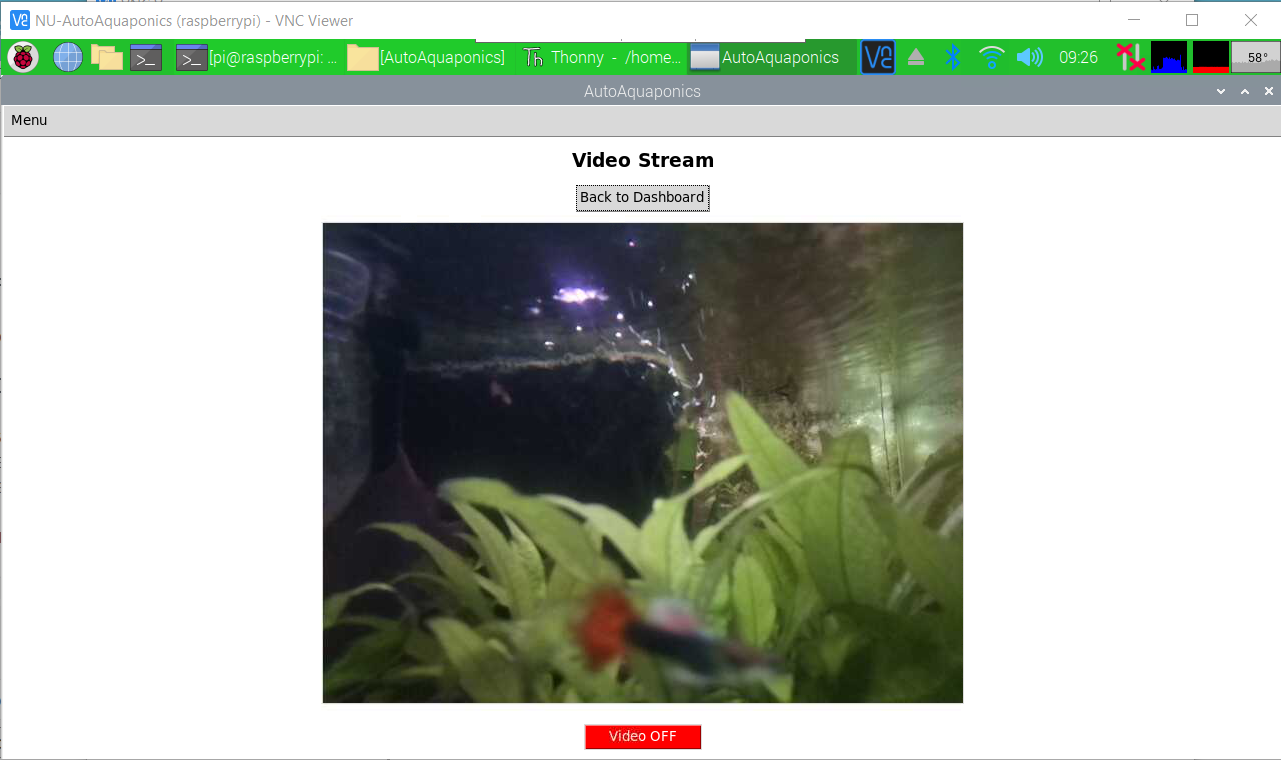

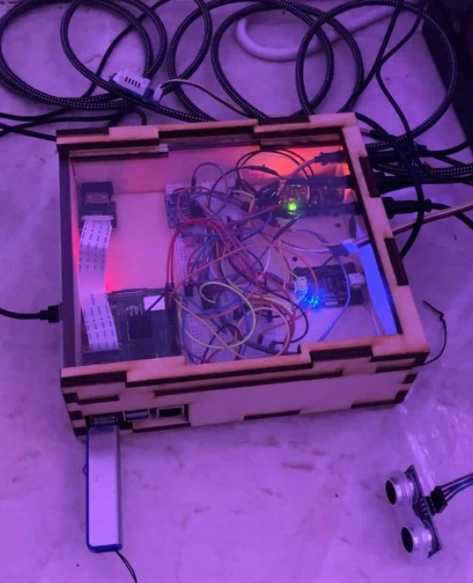
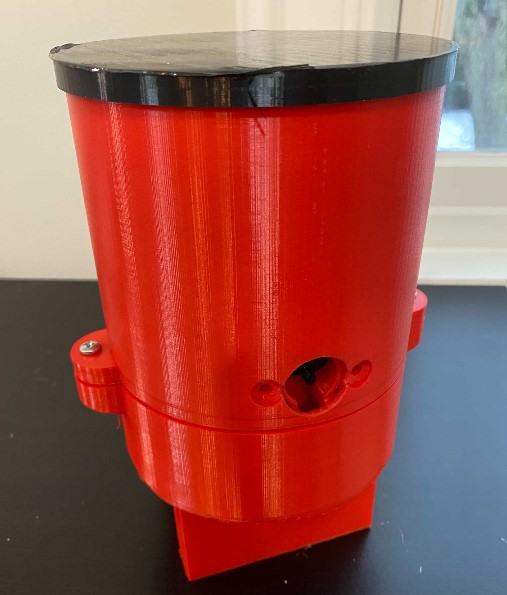
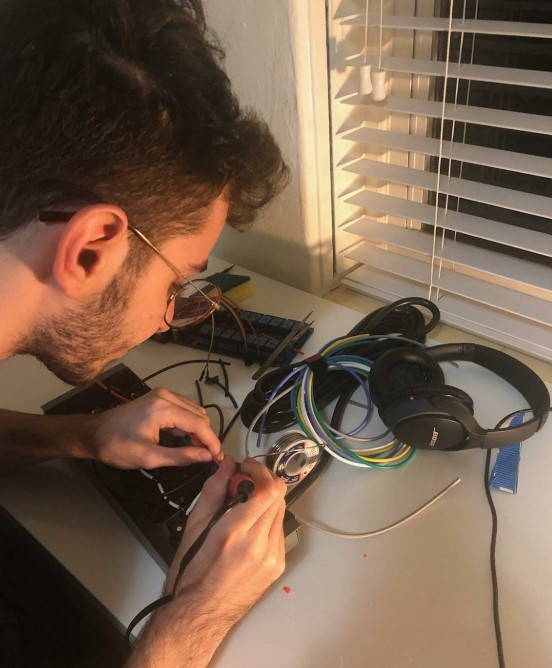
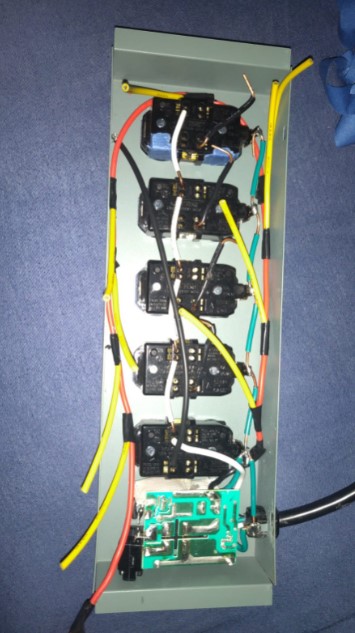

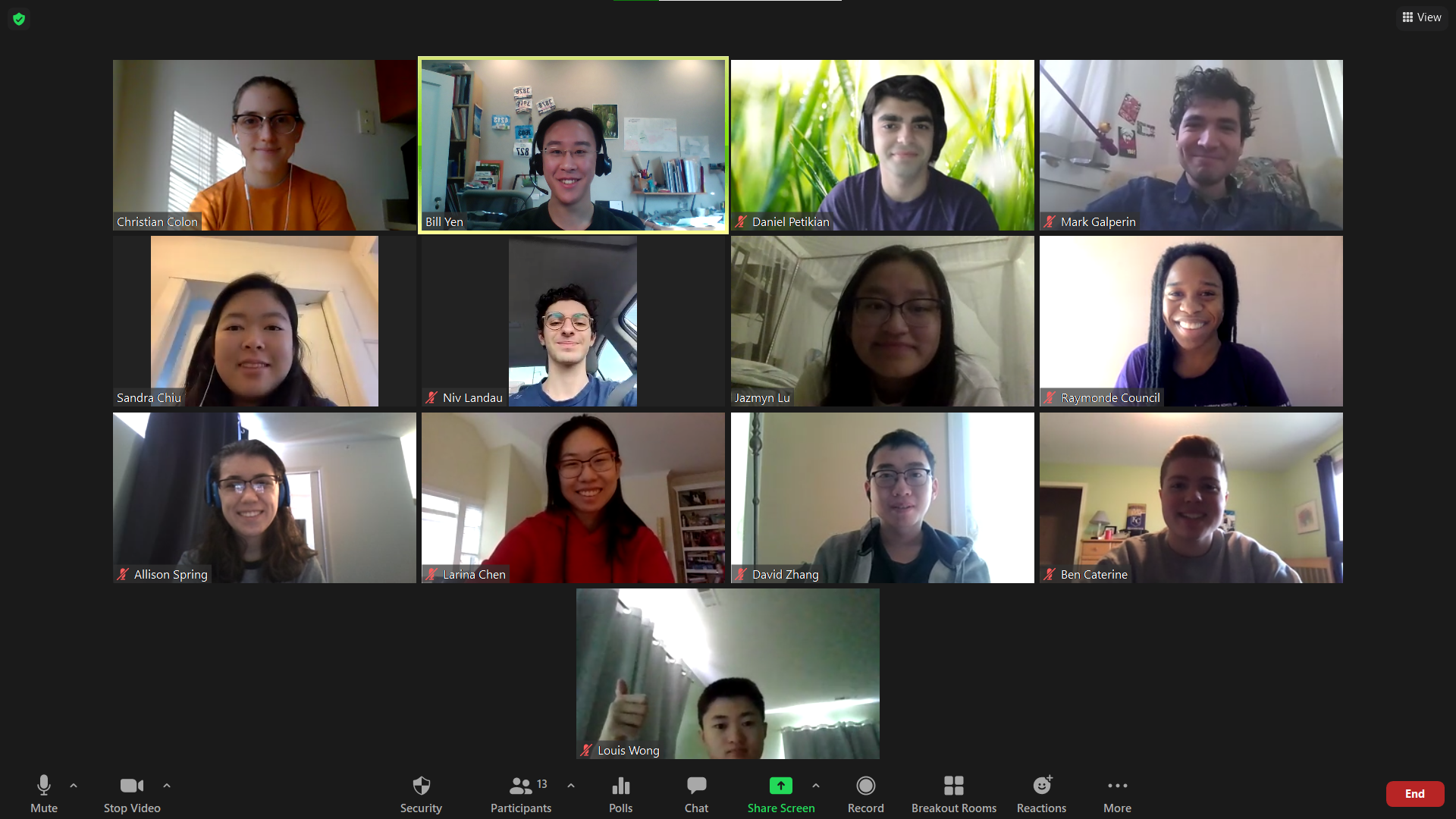
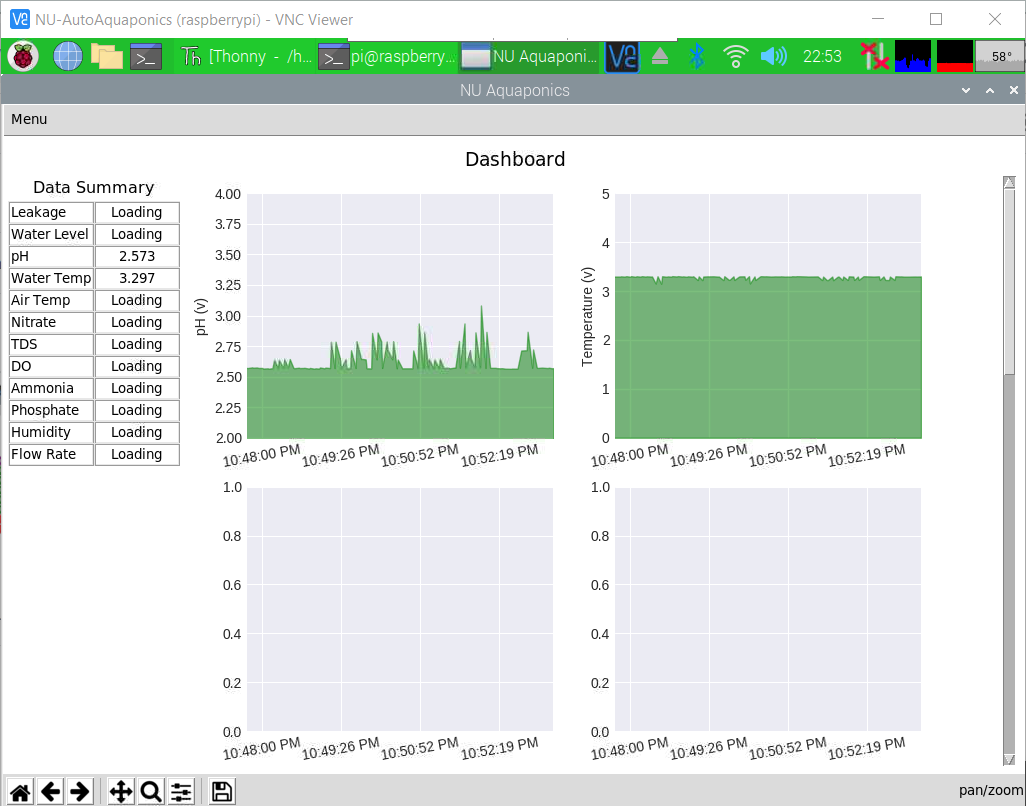
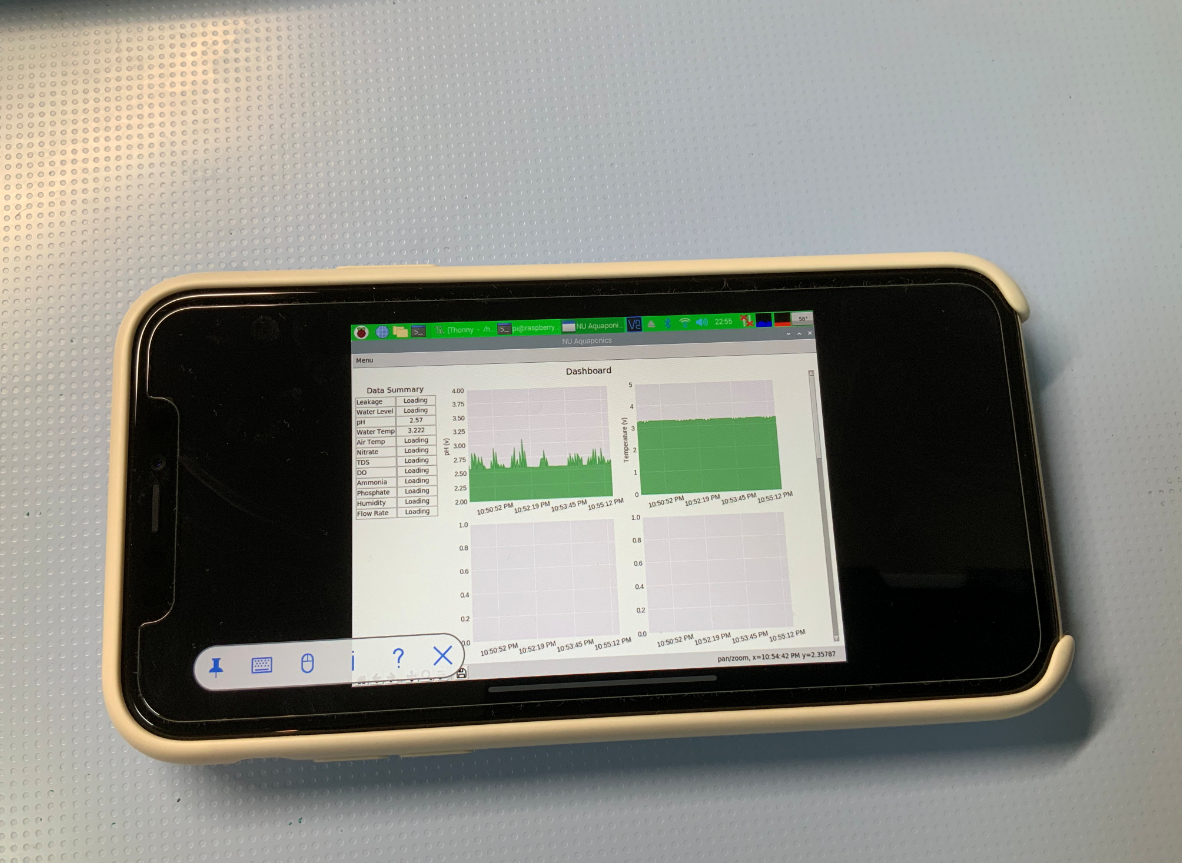
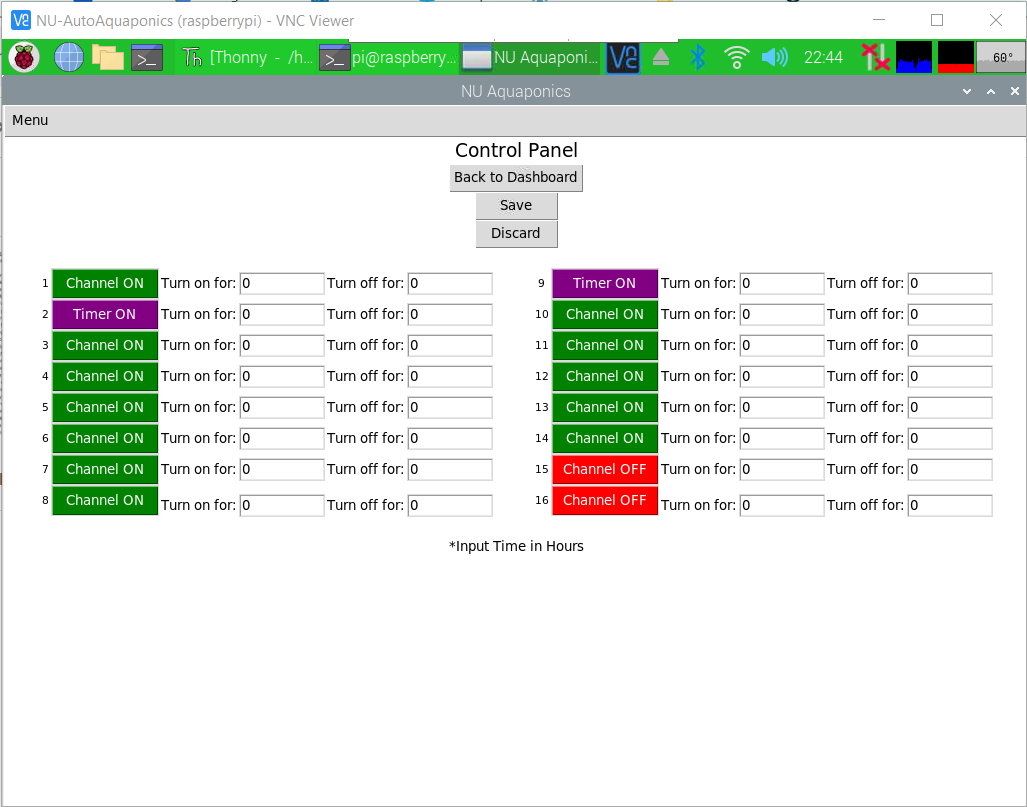

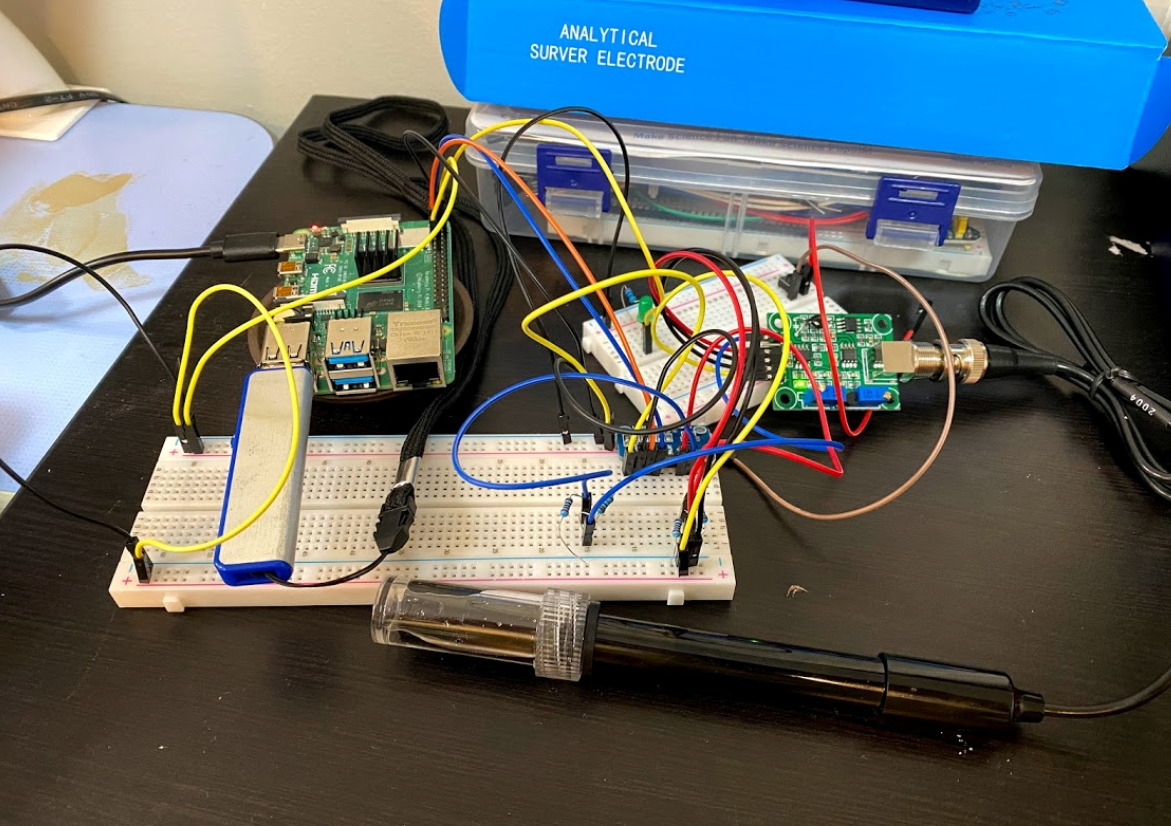

Comments